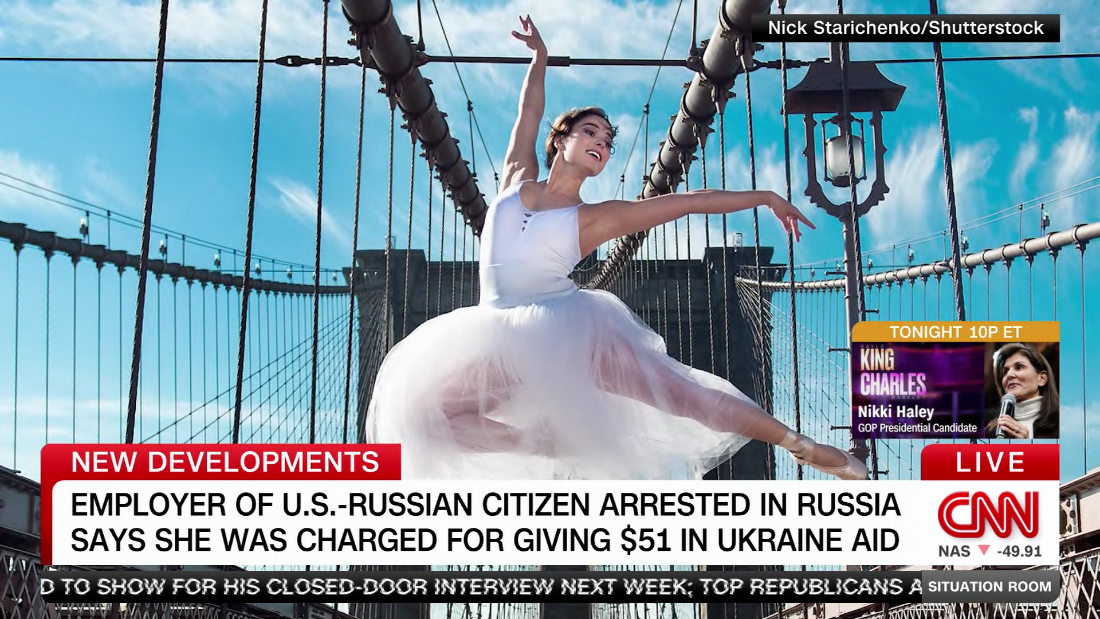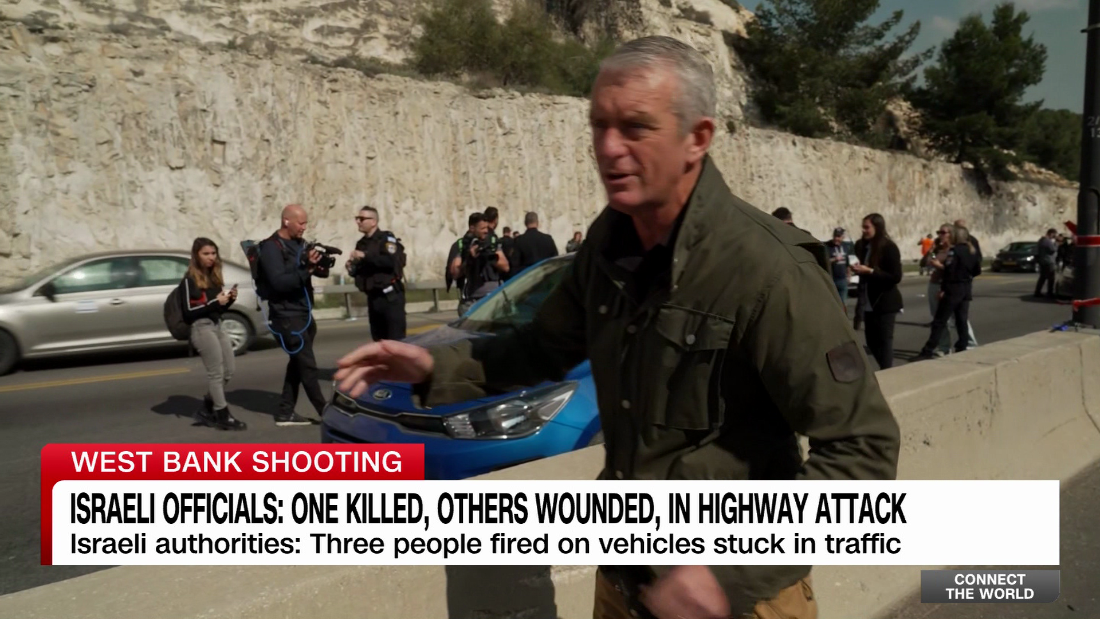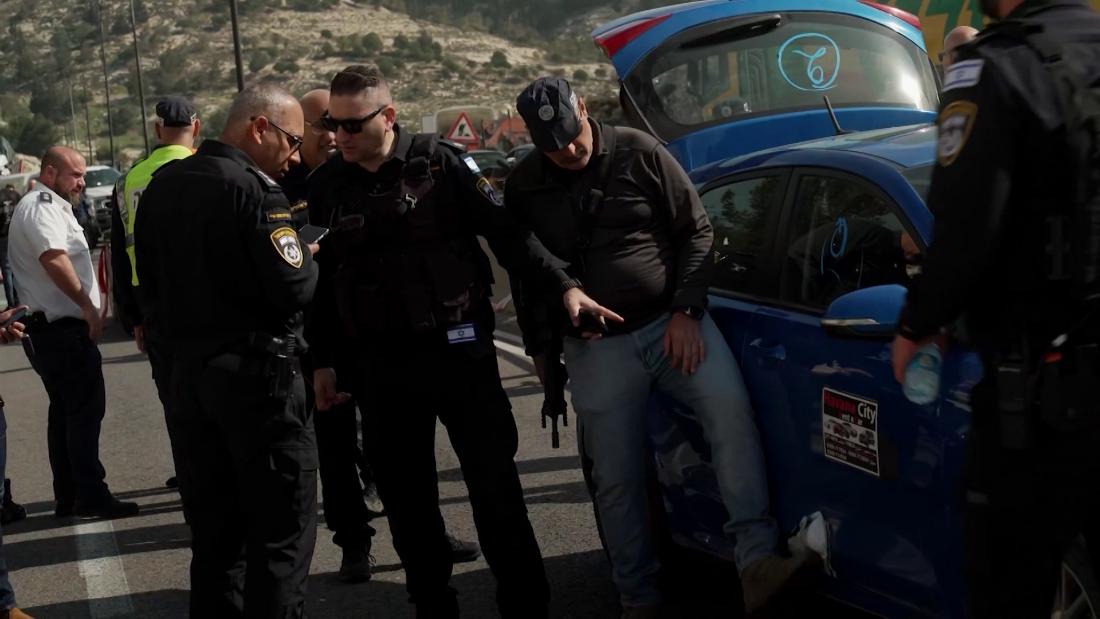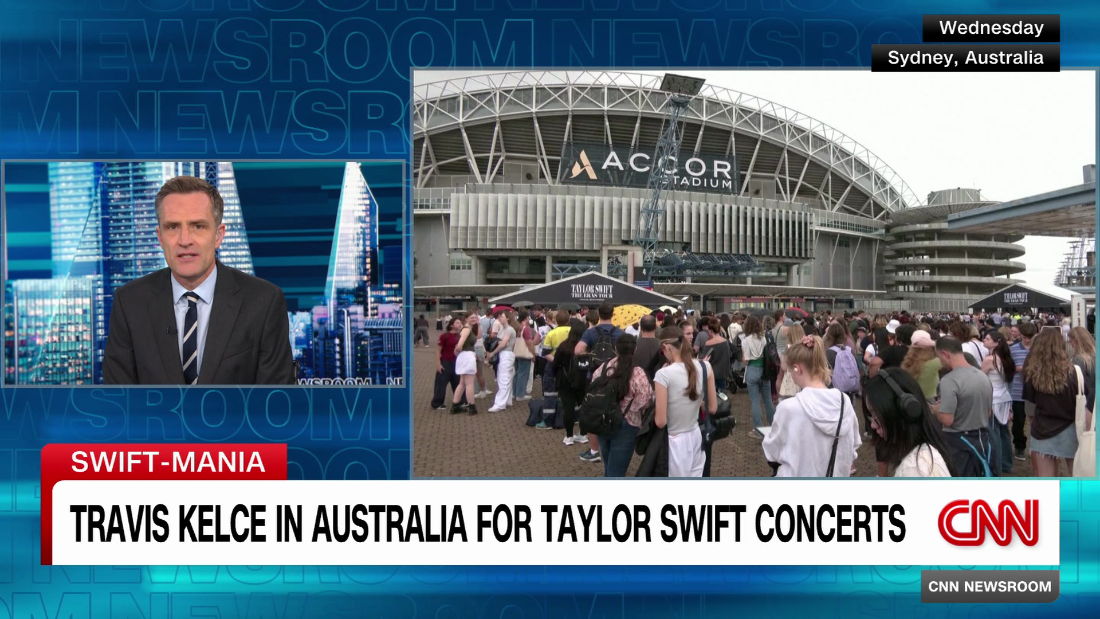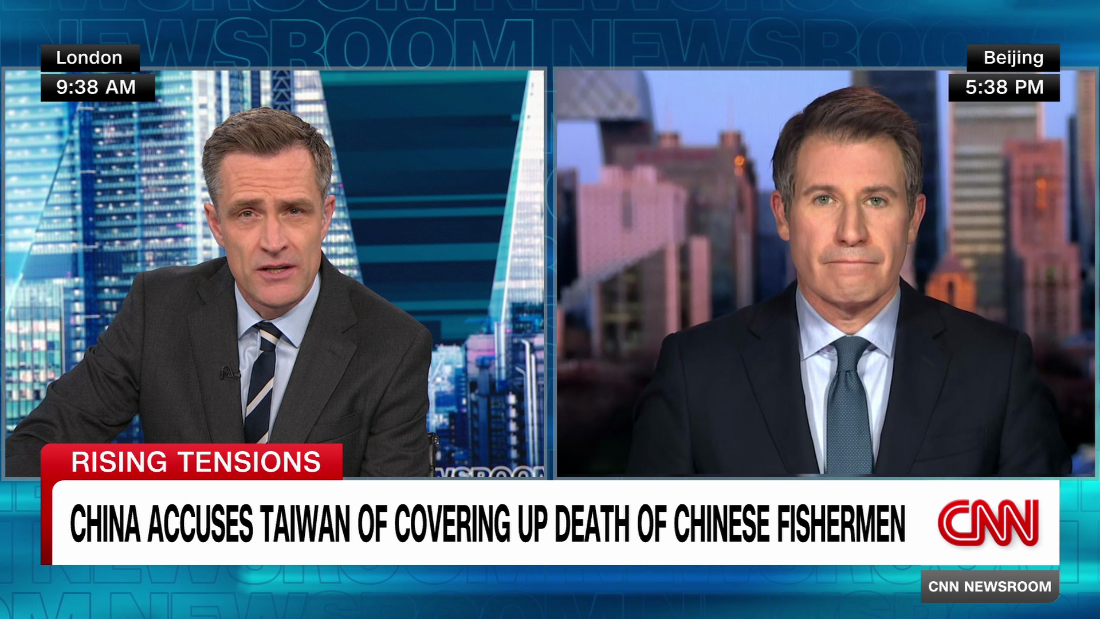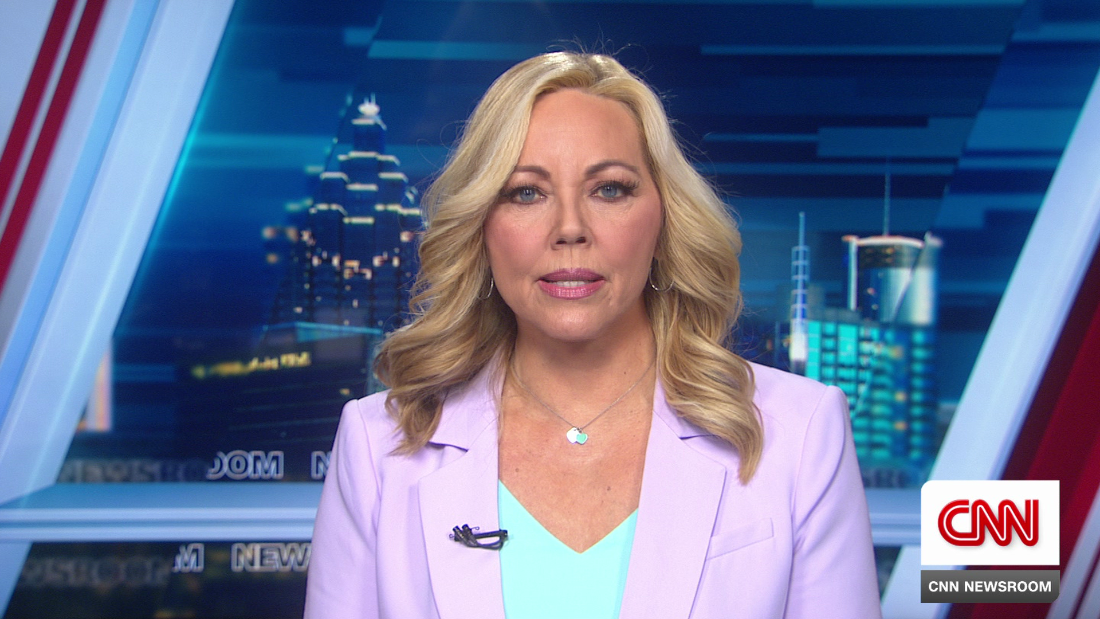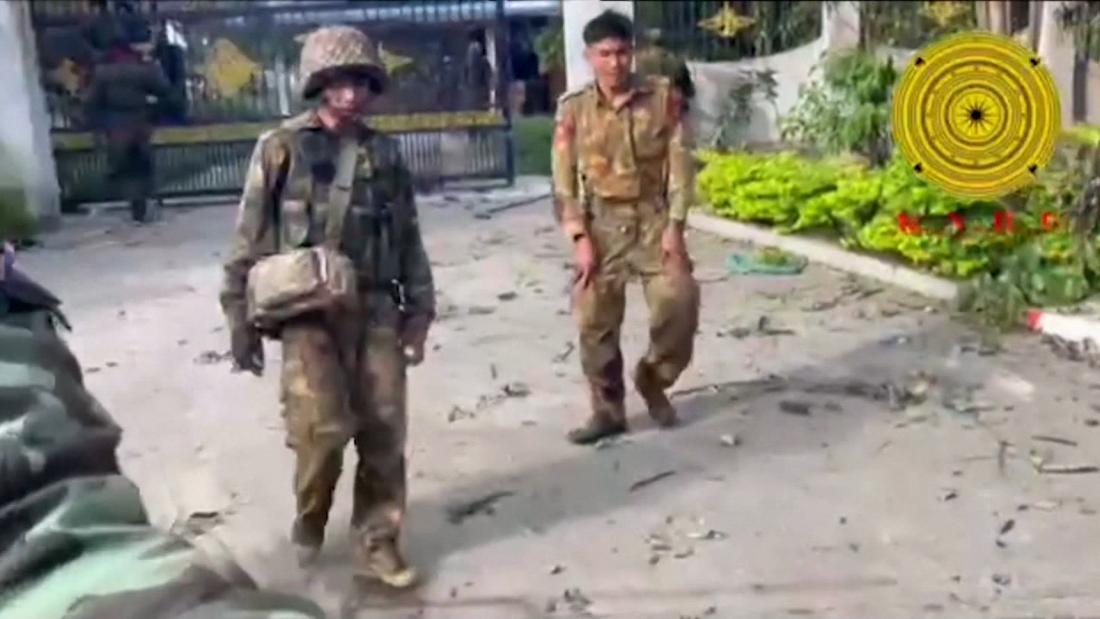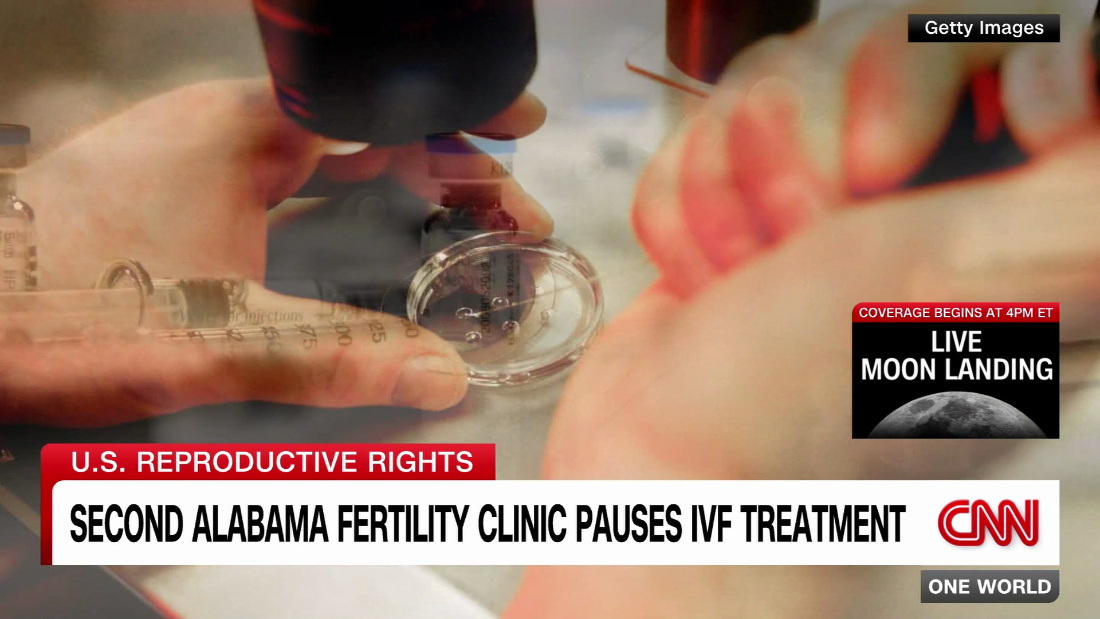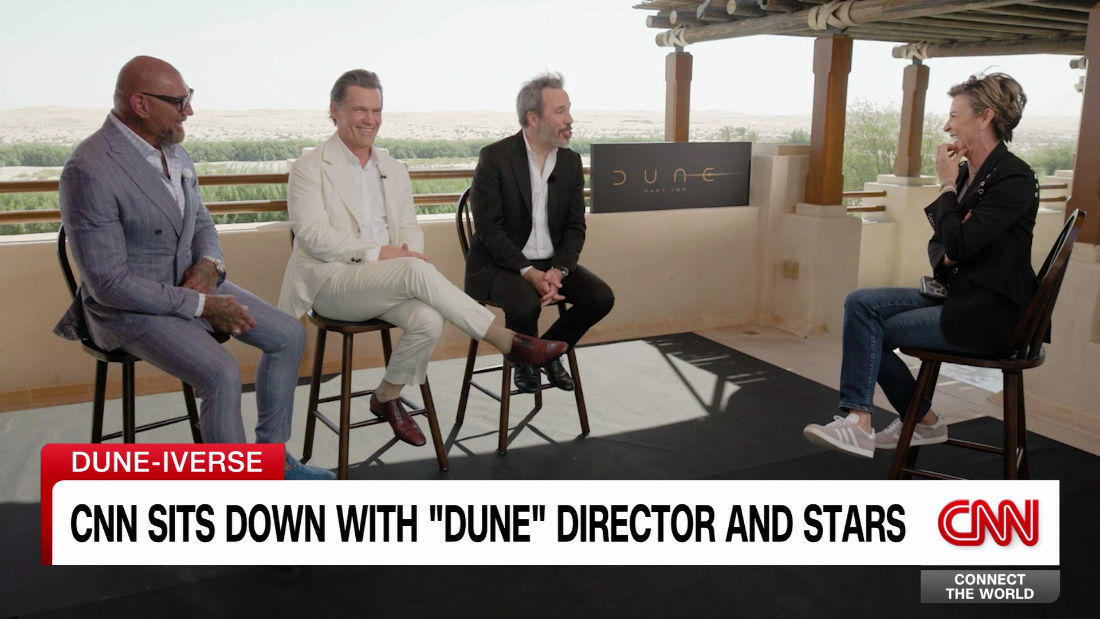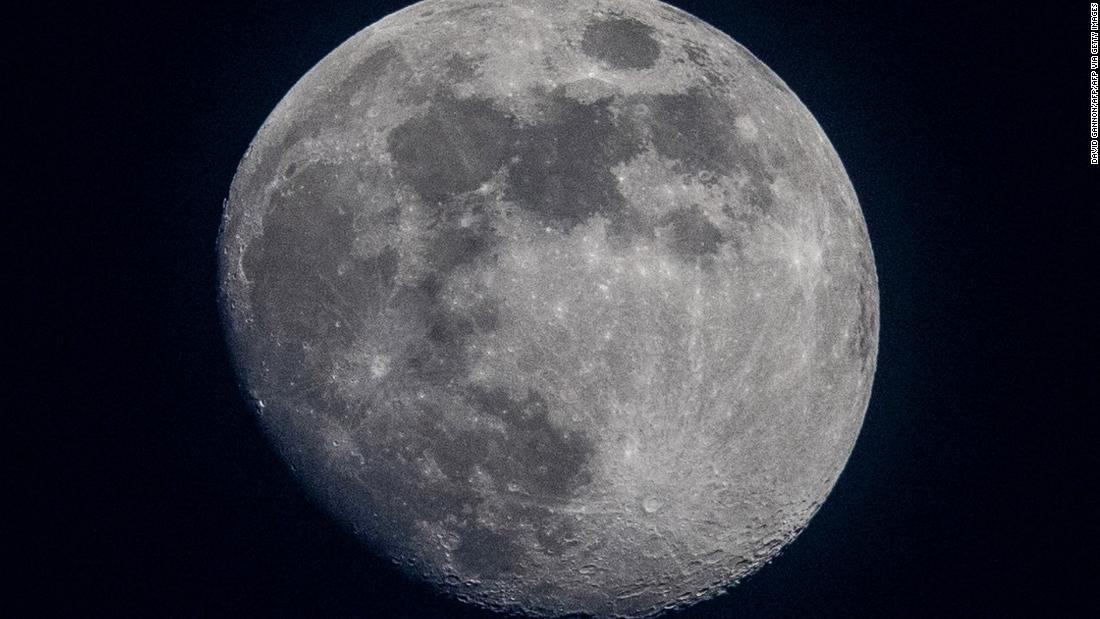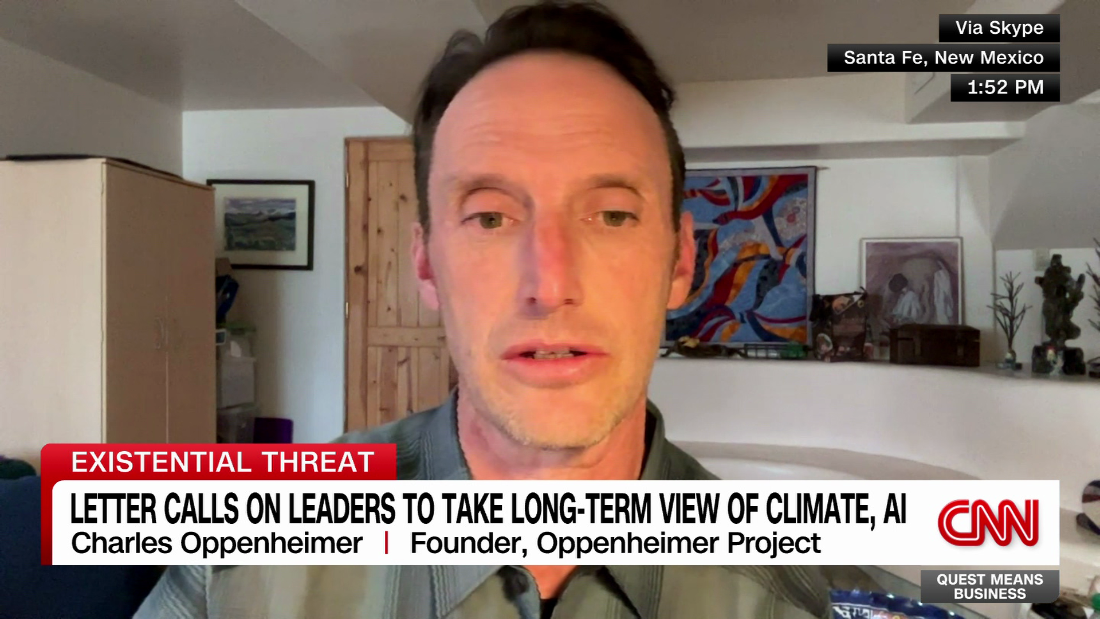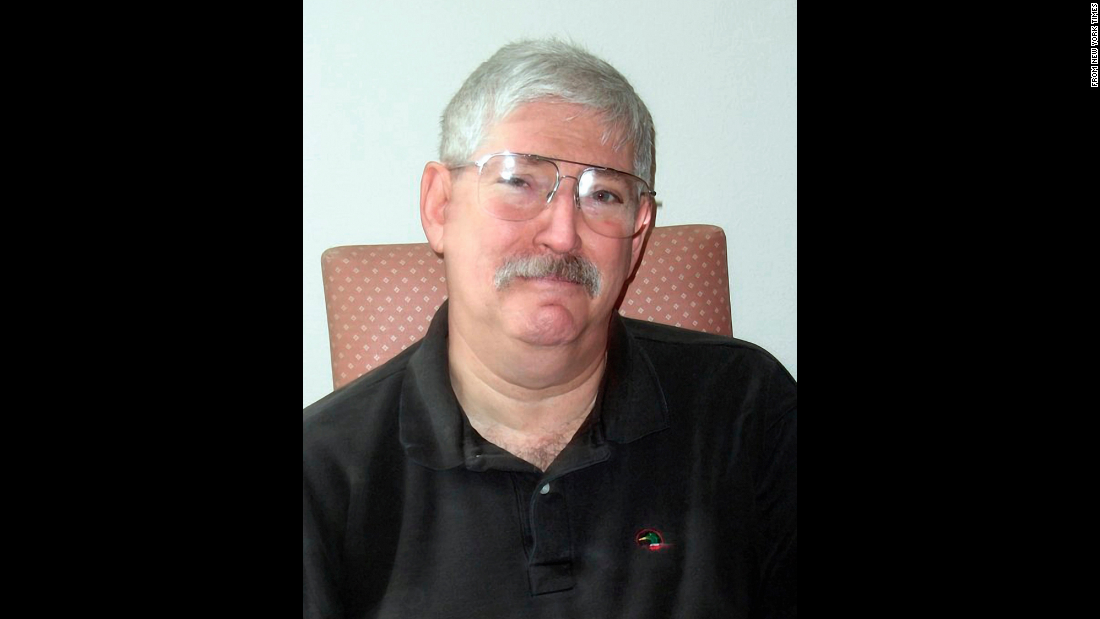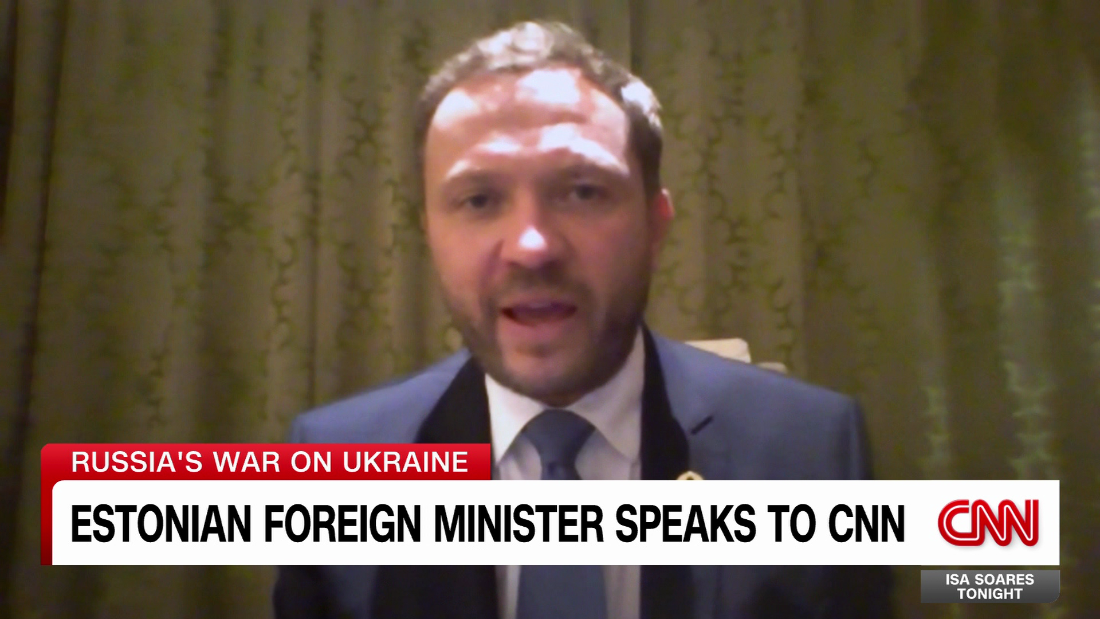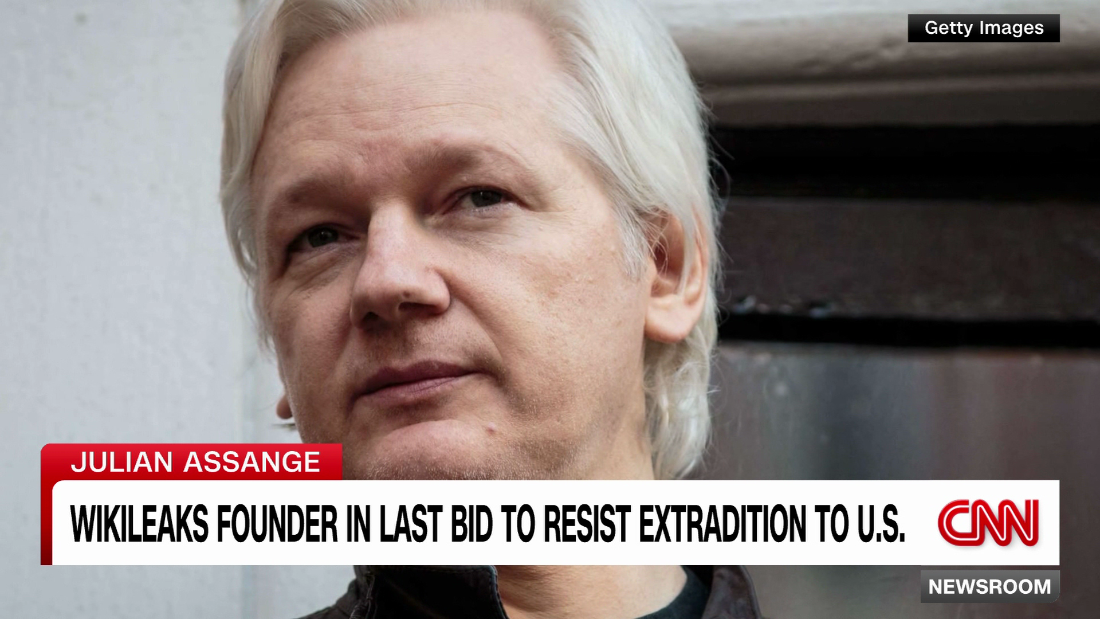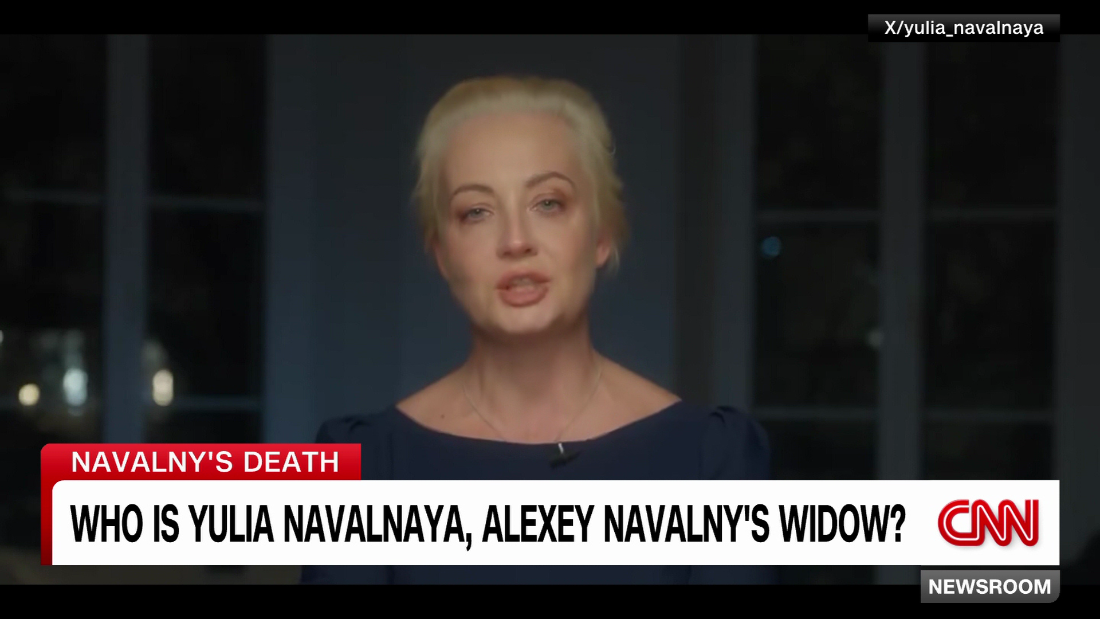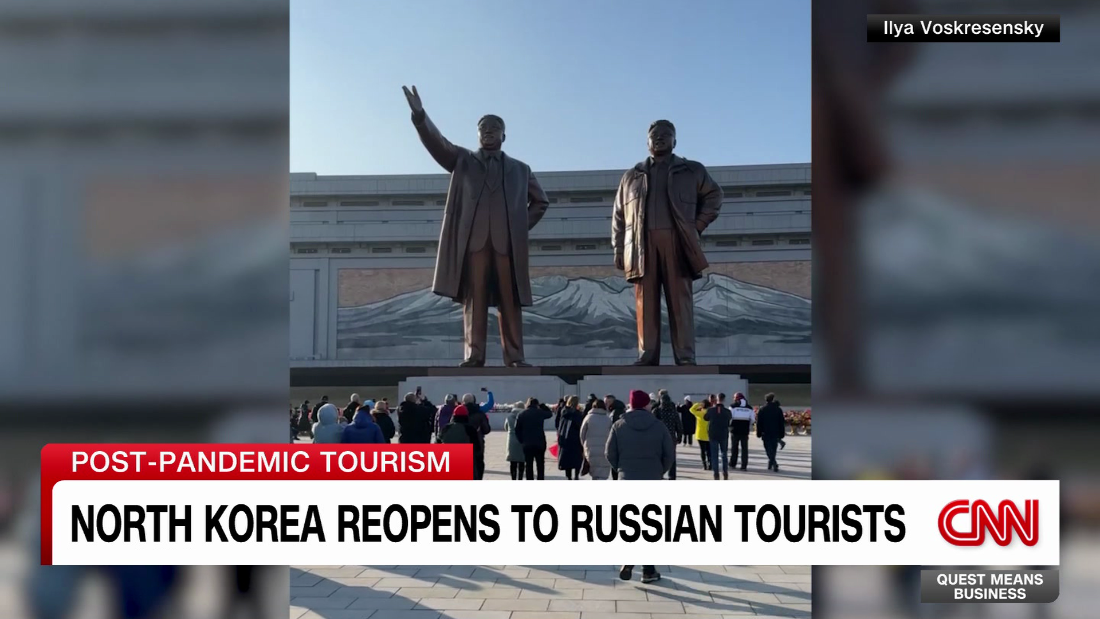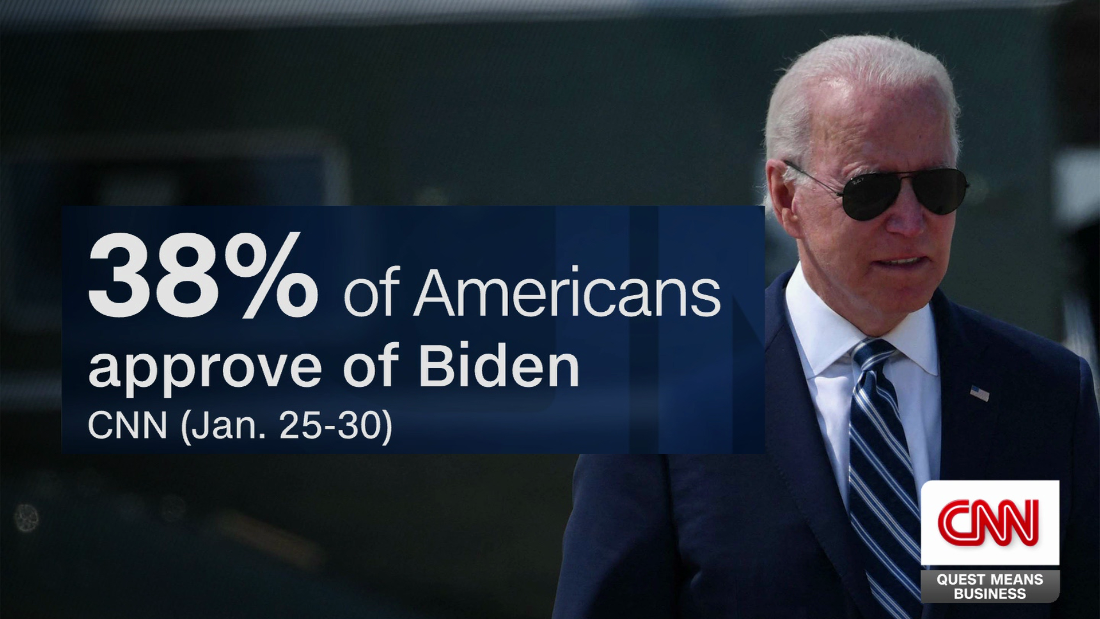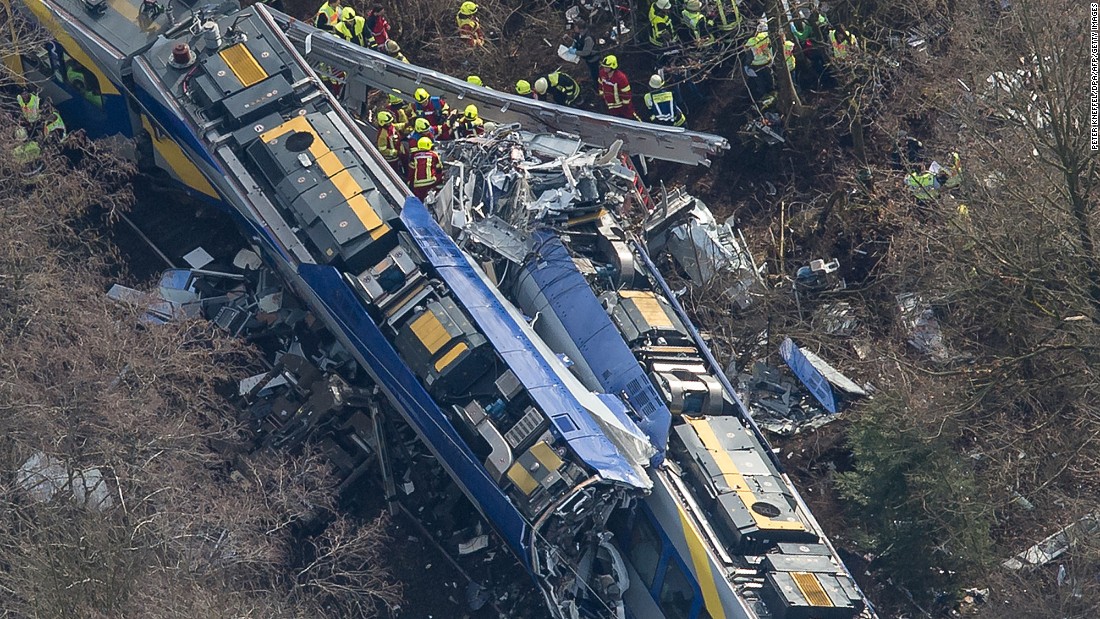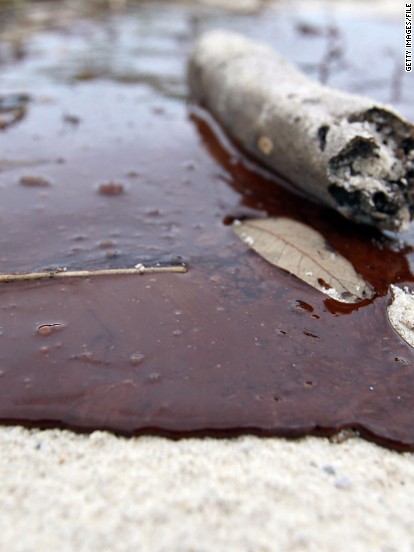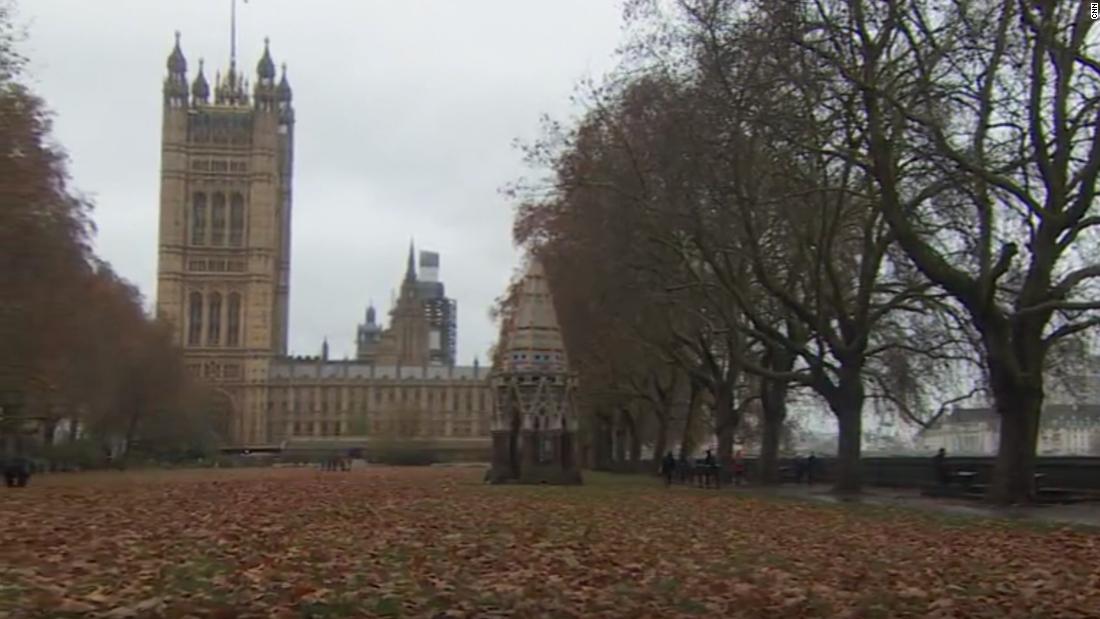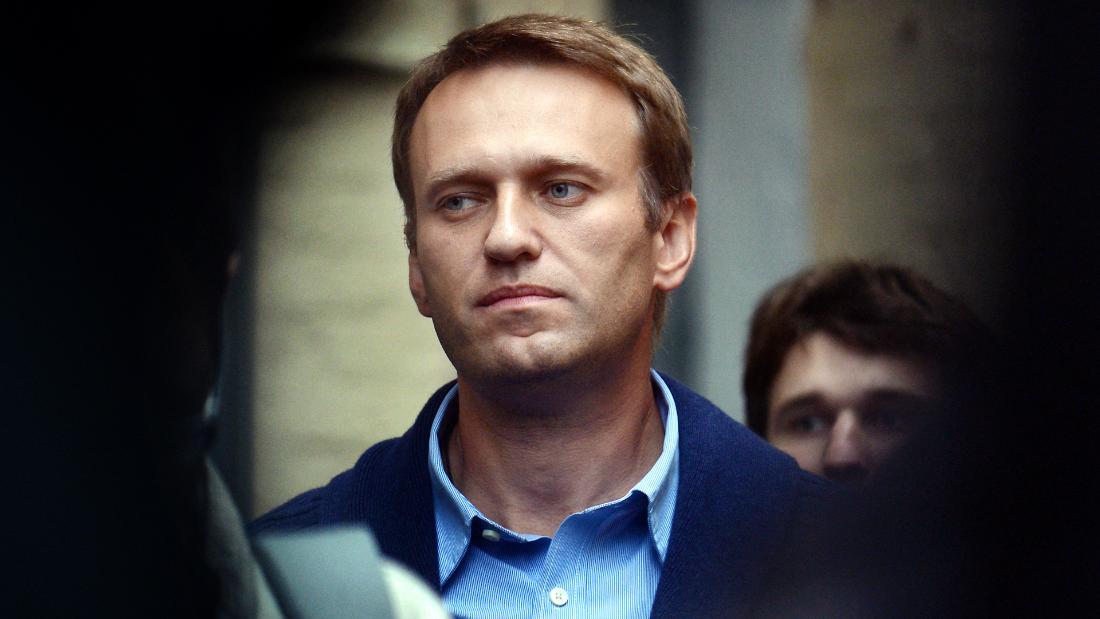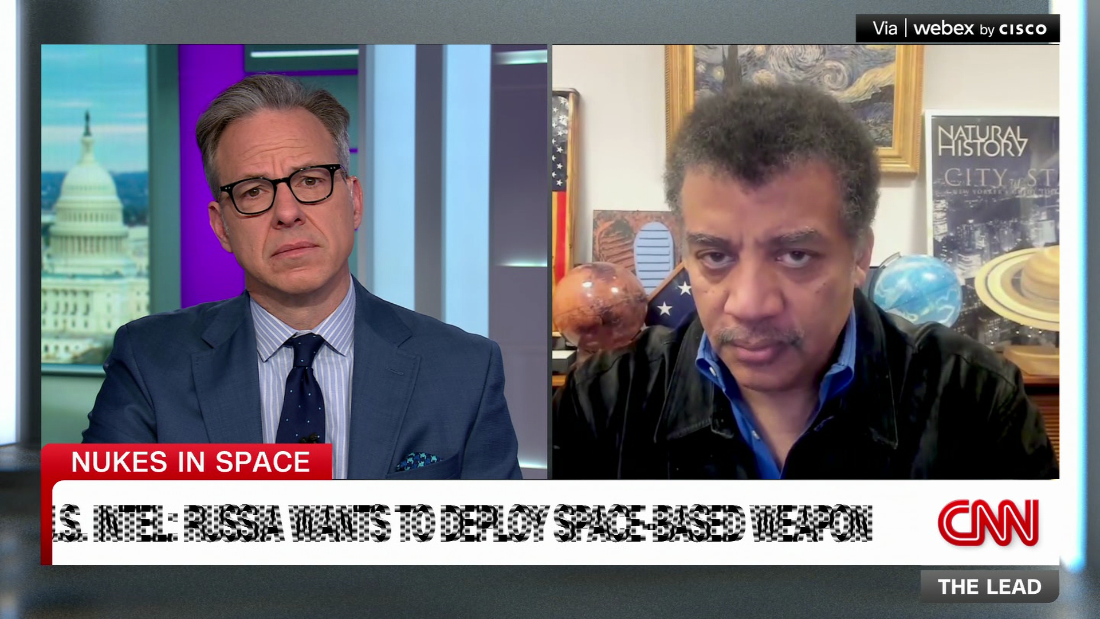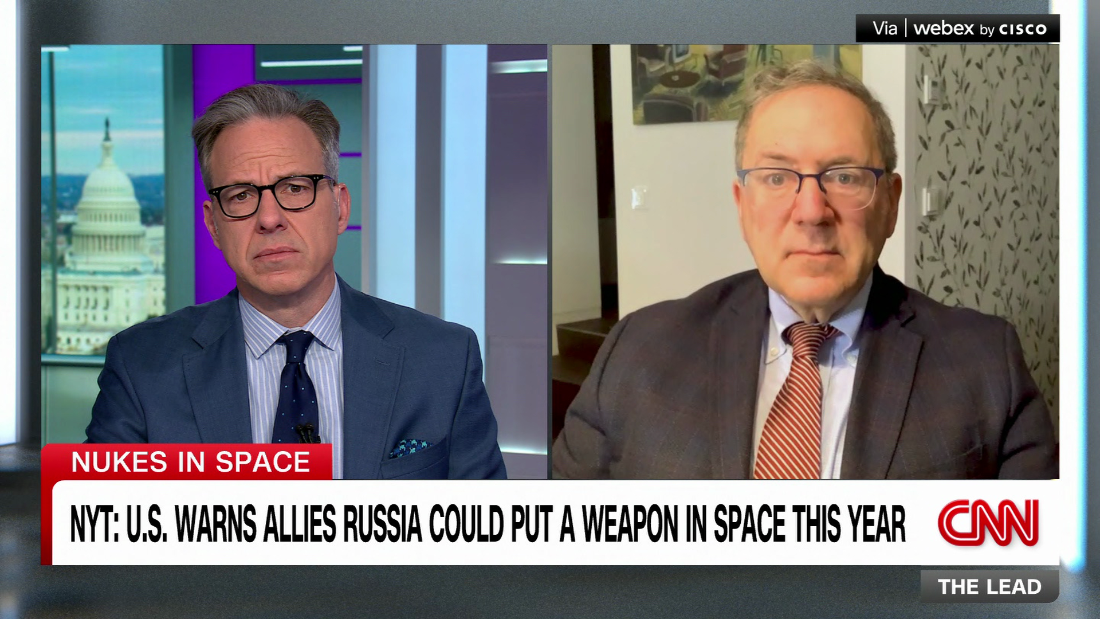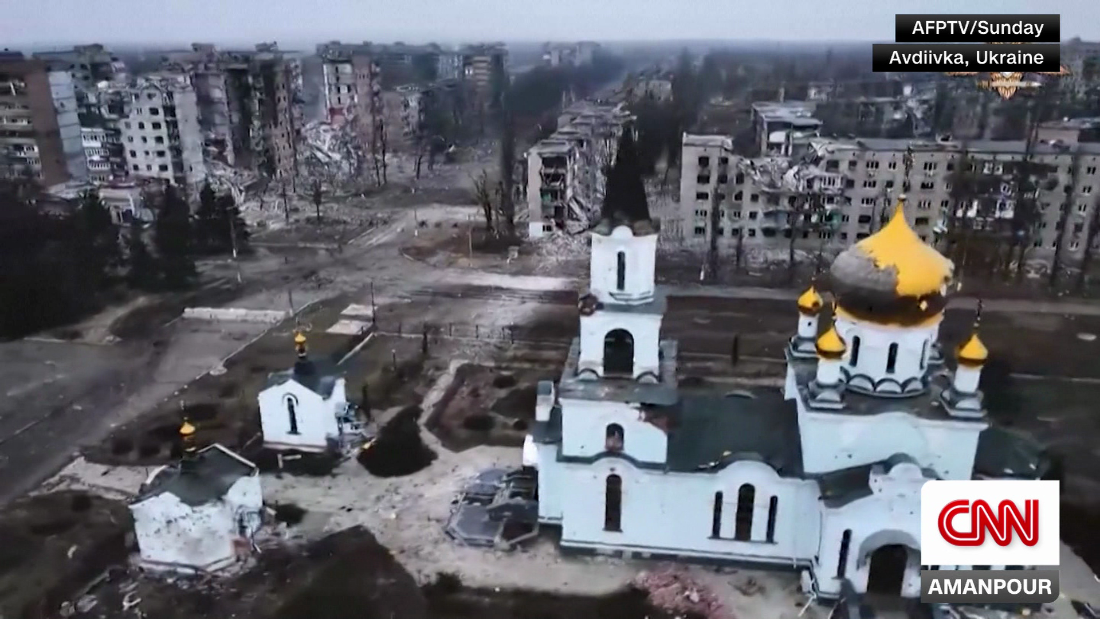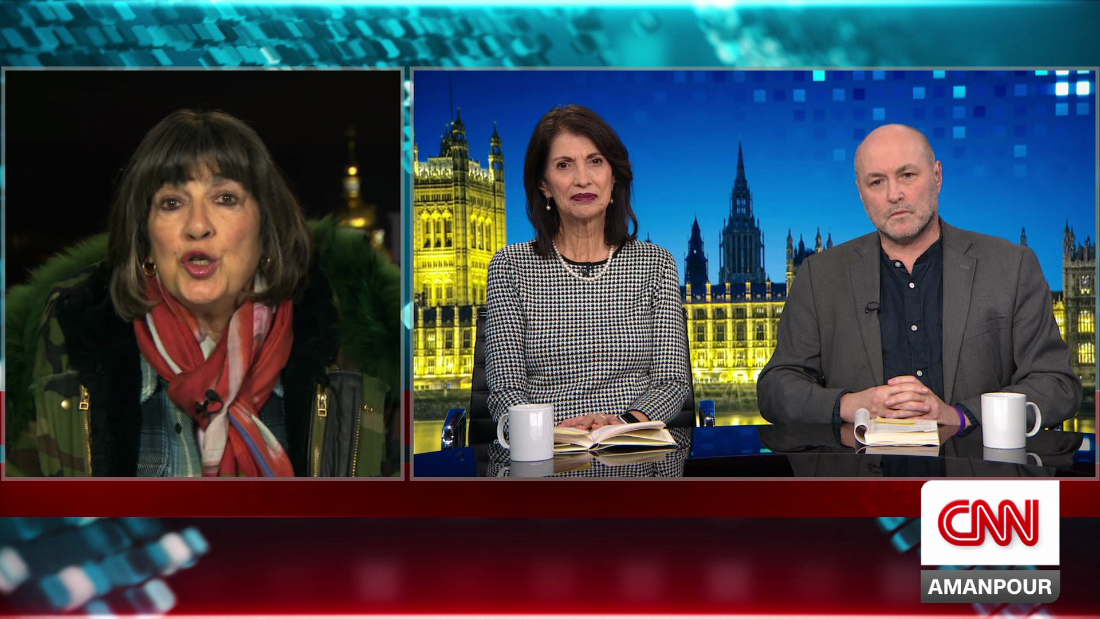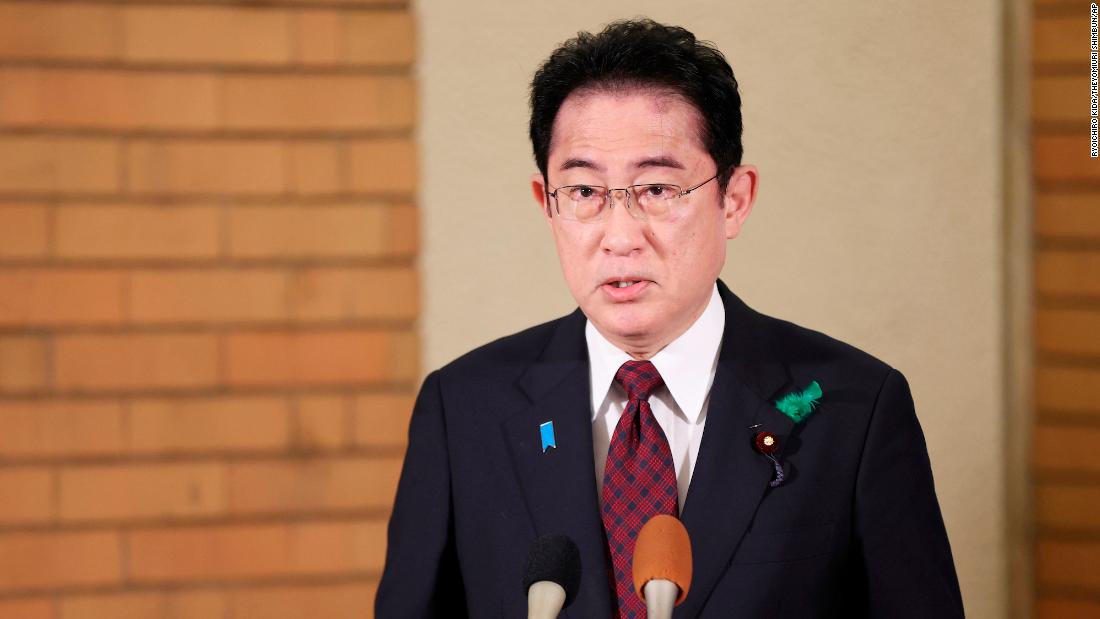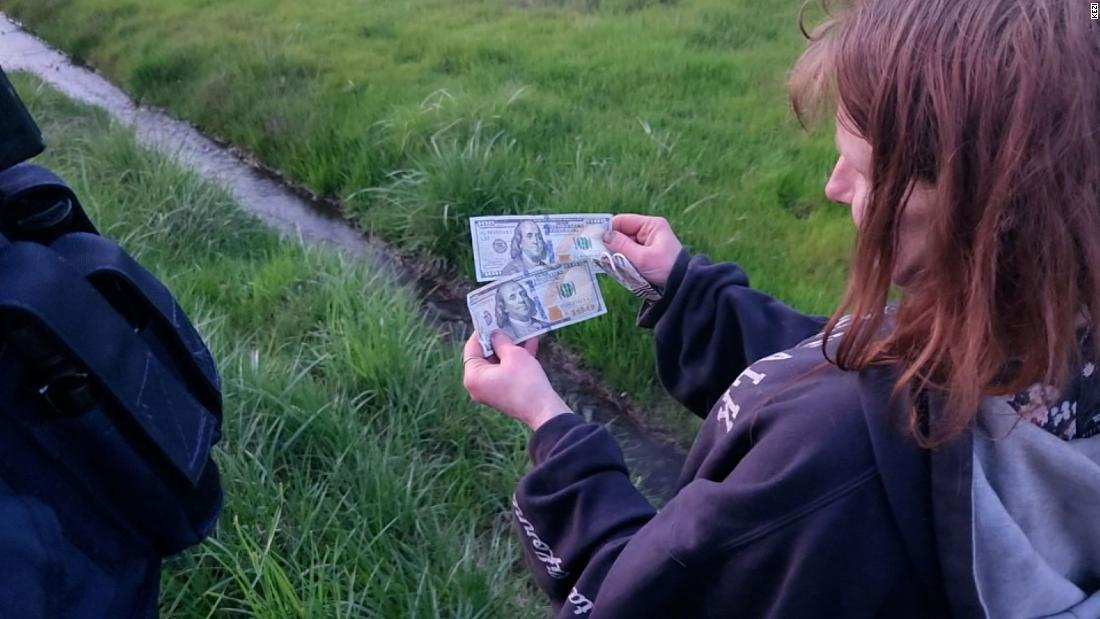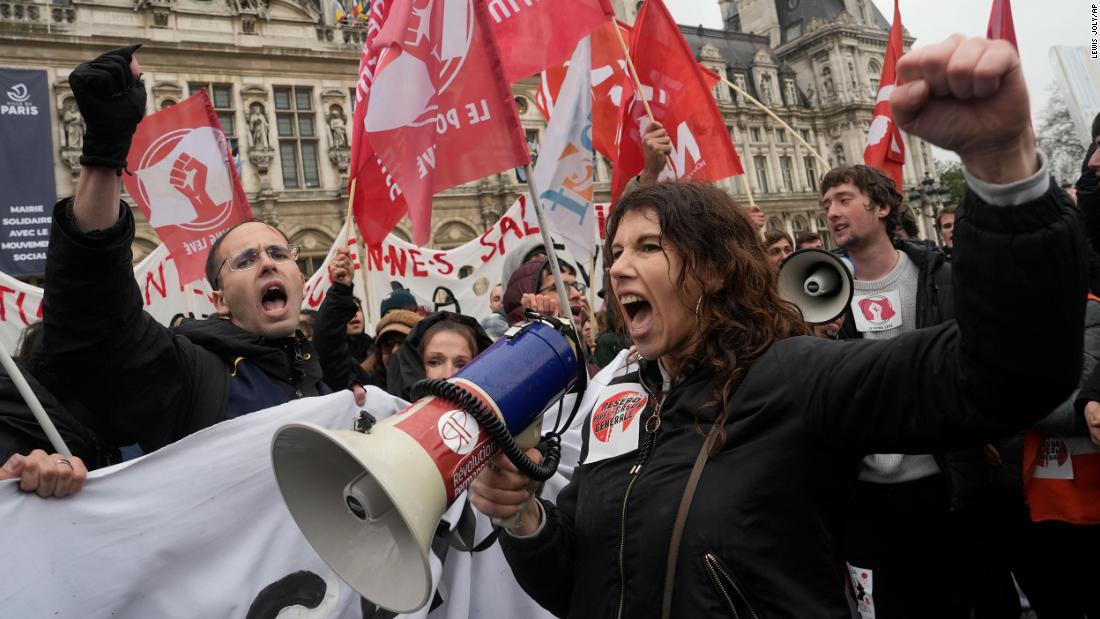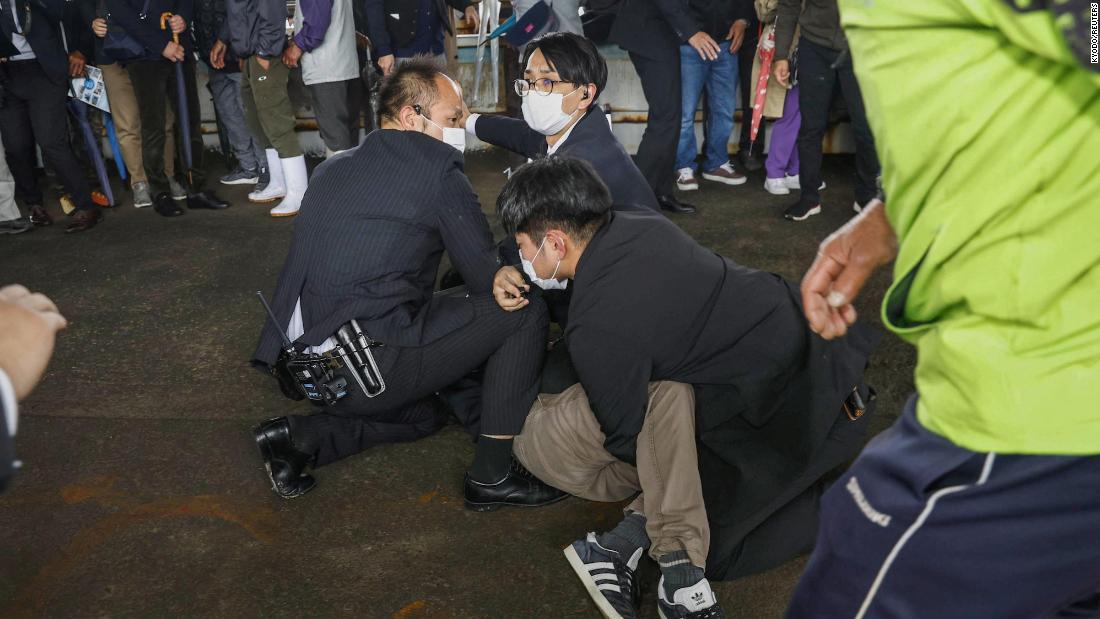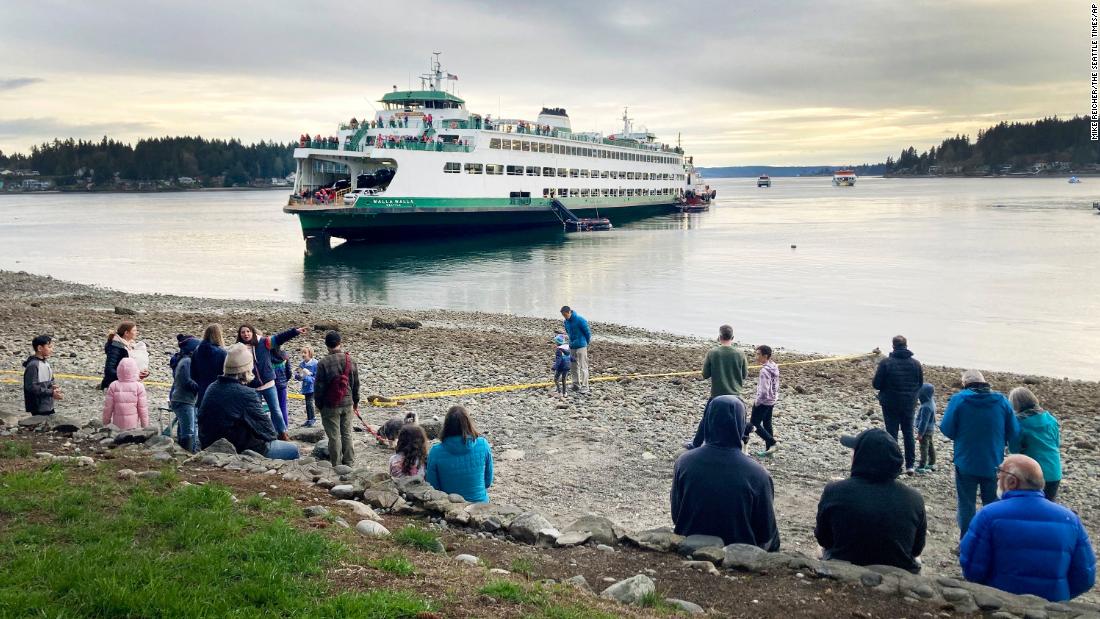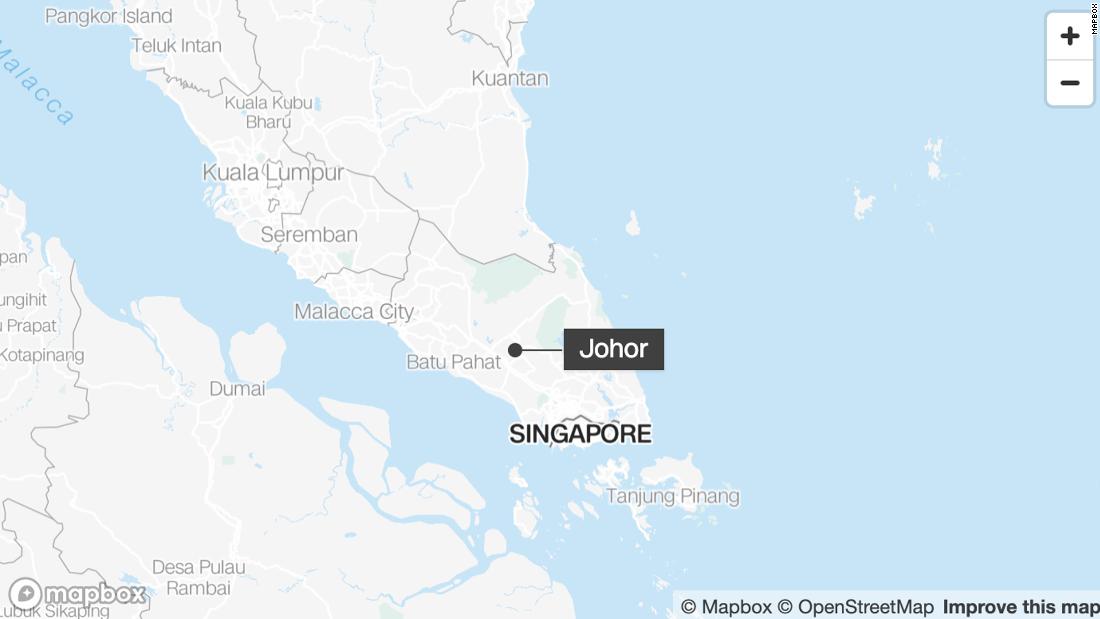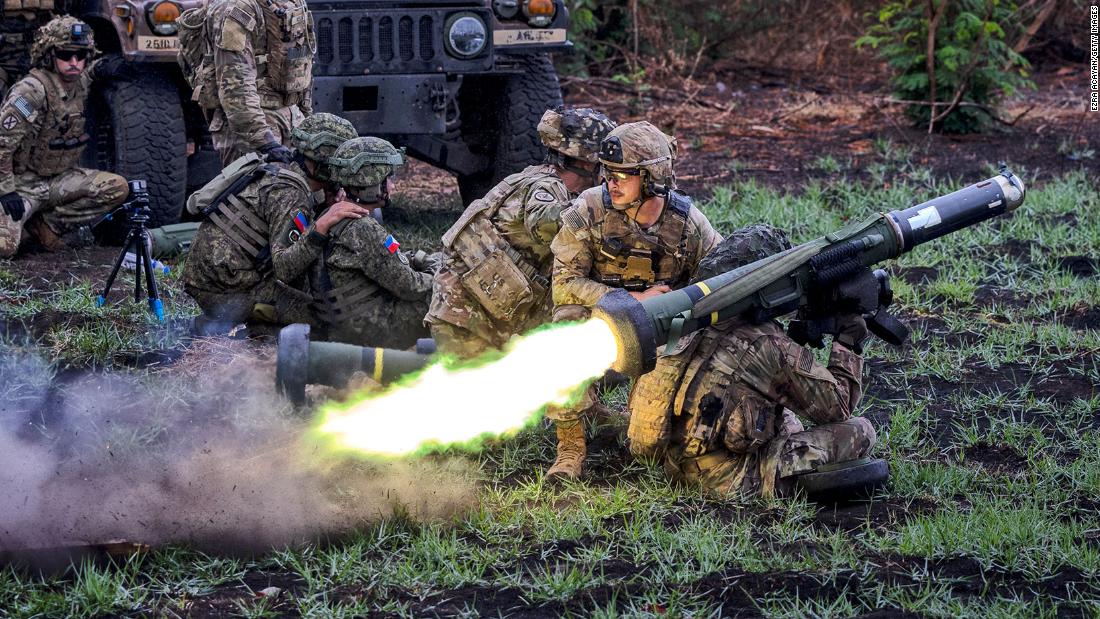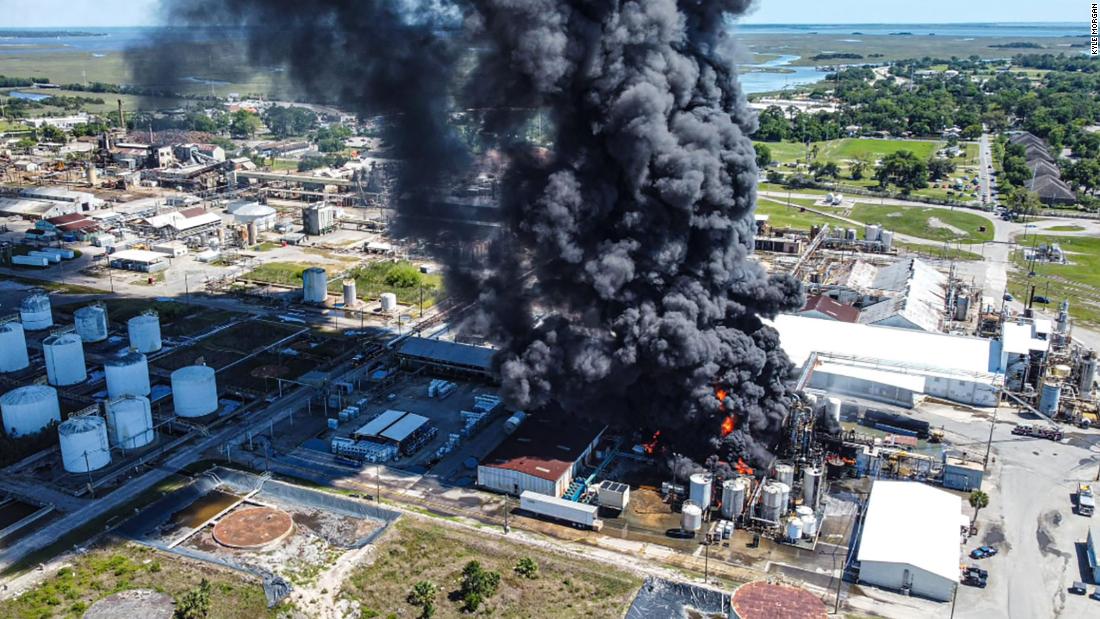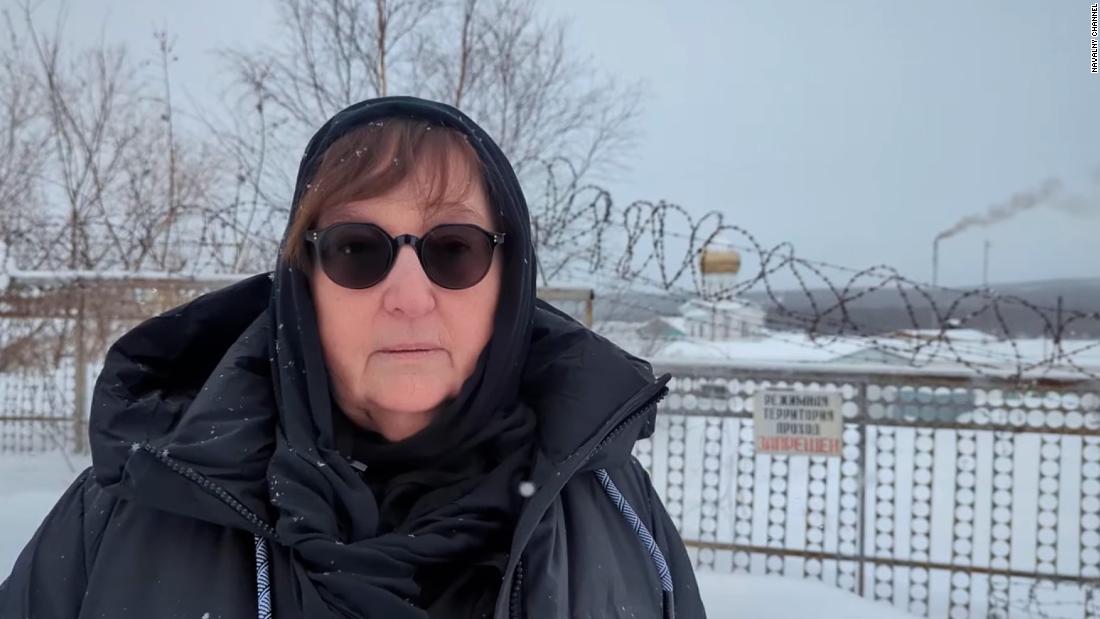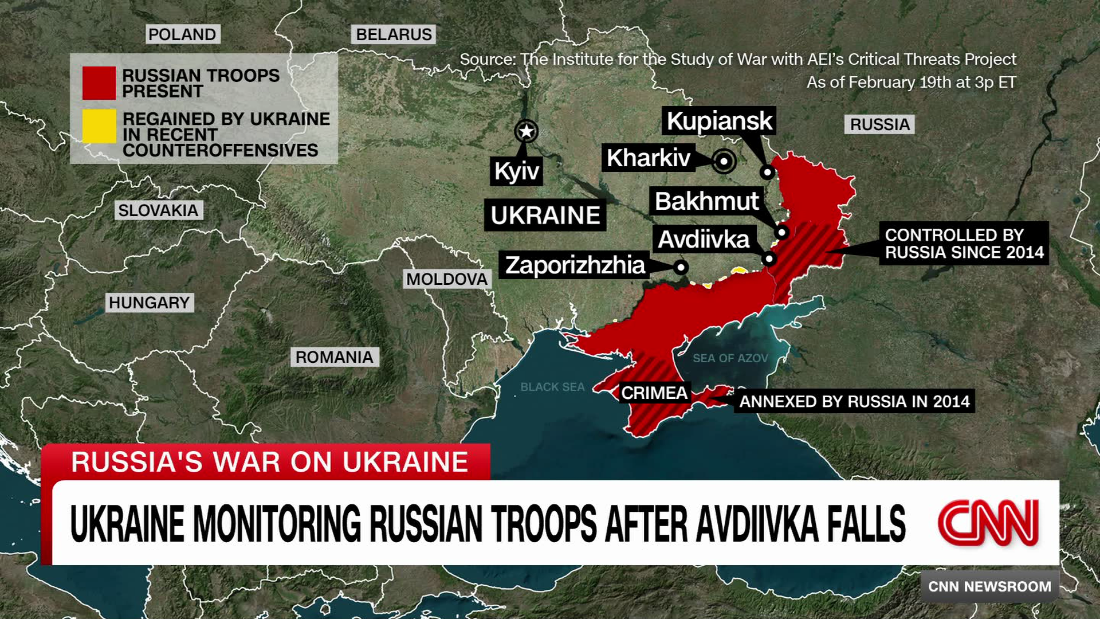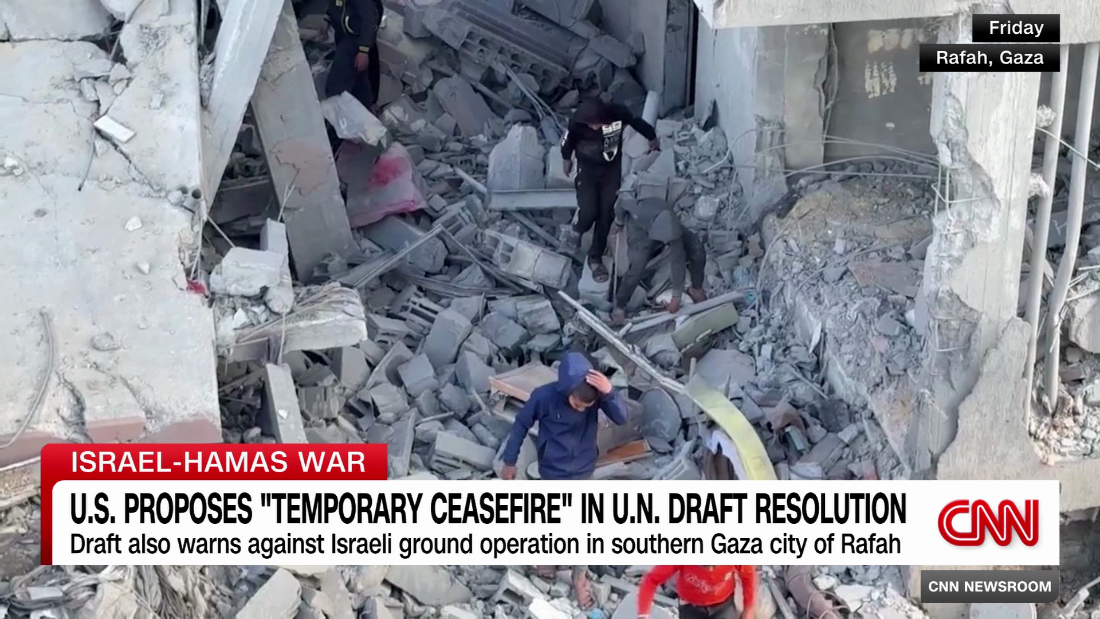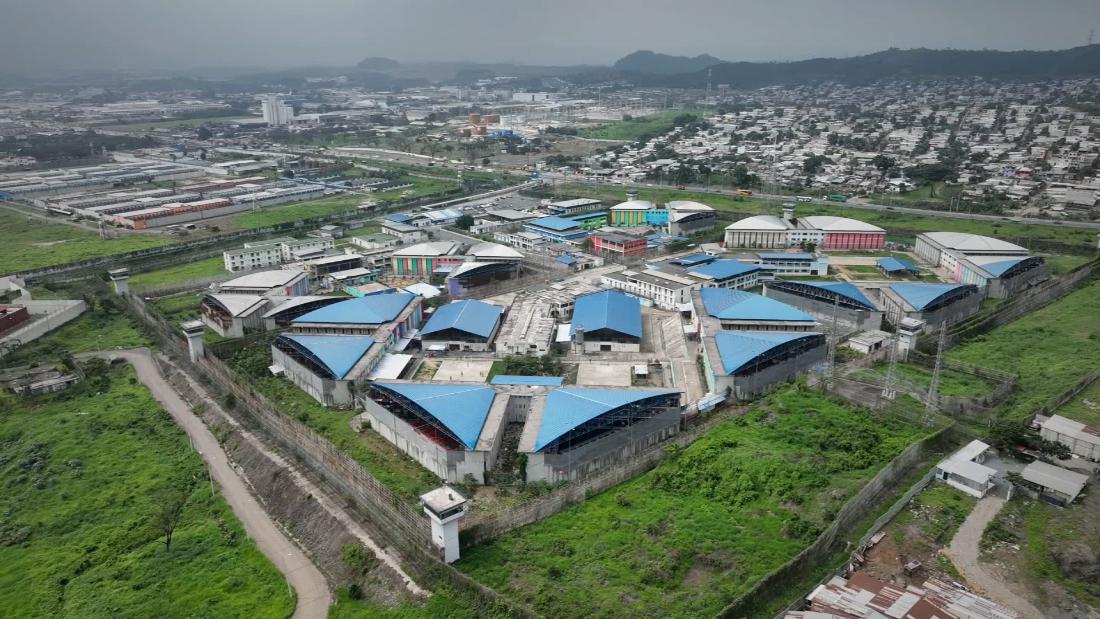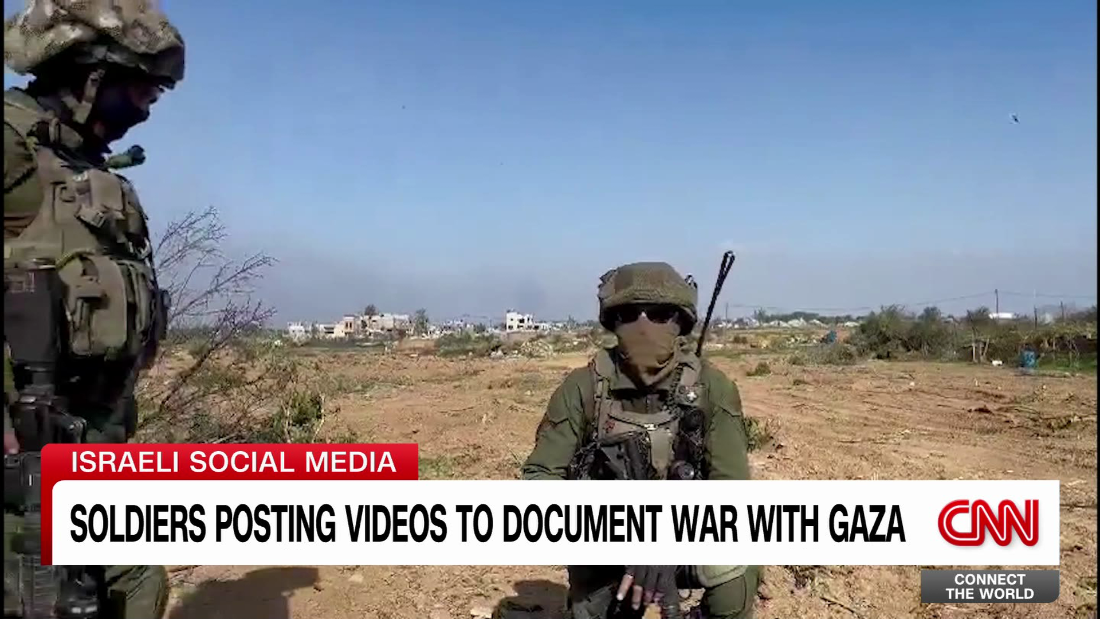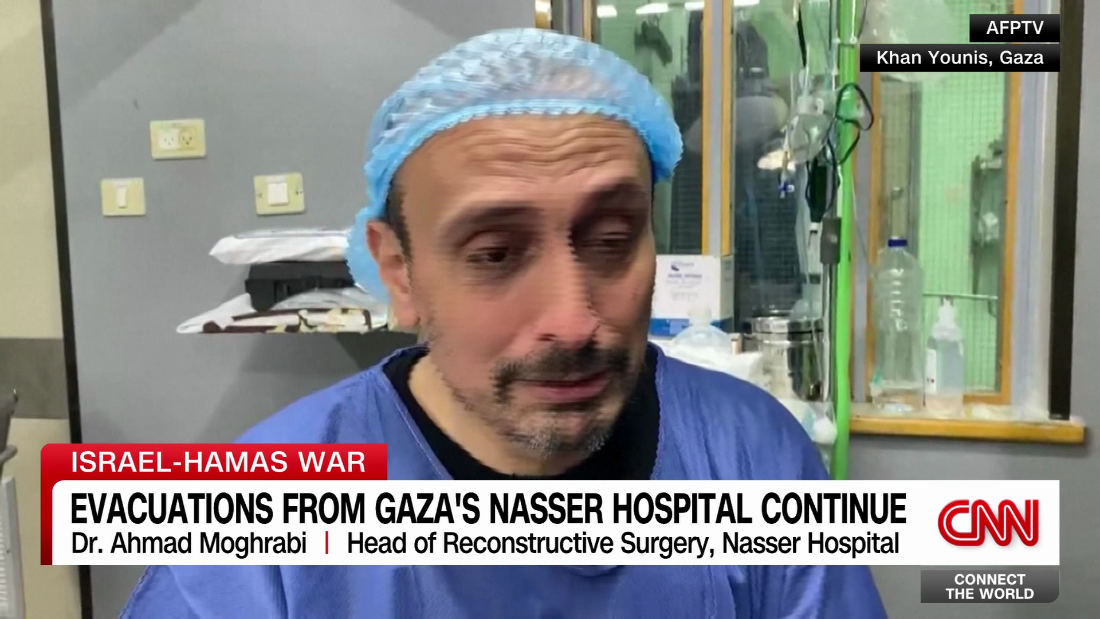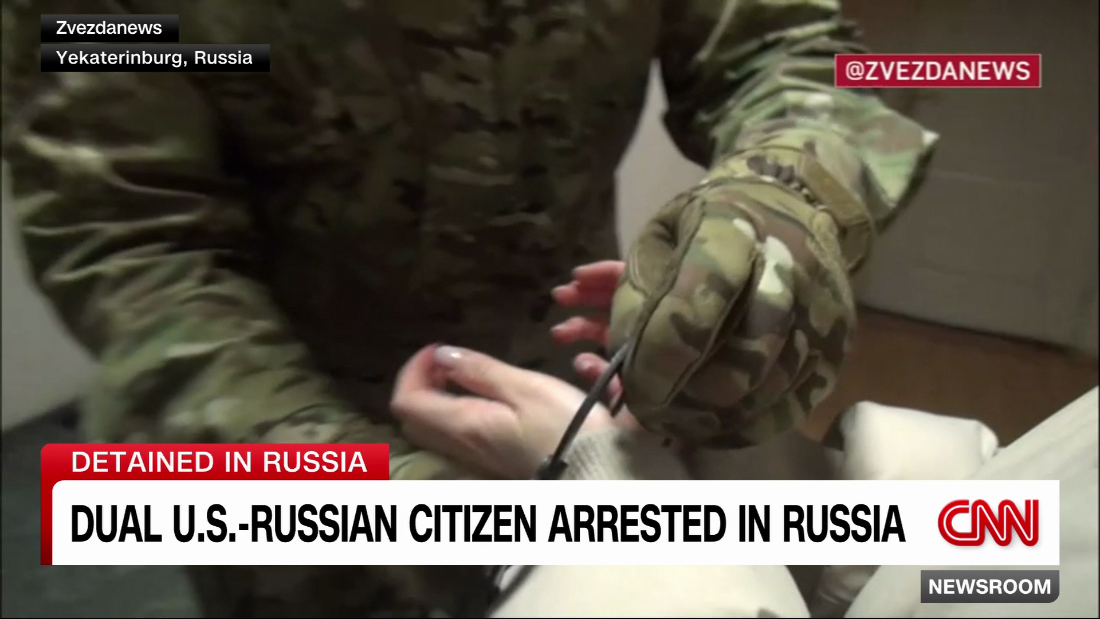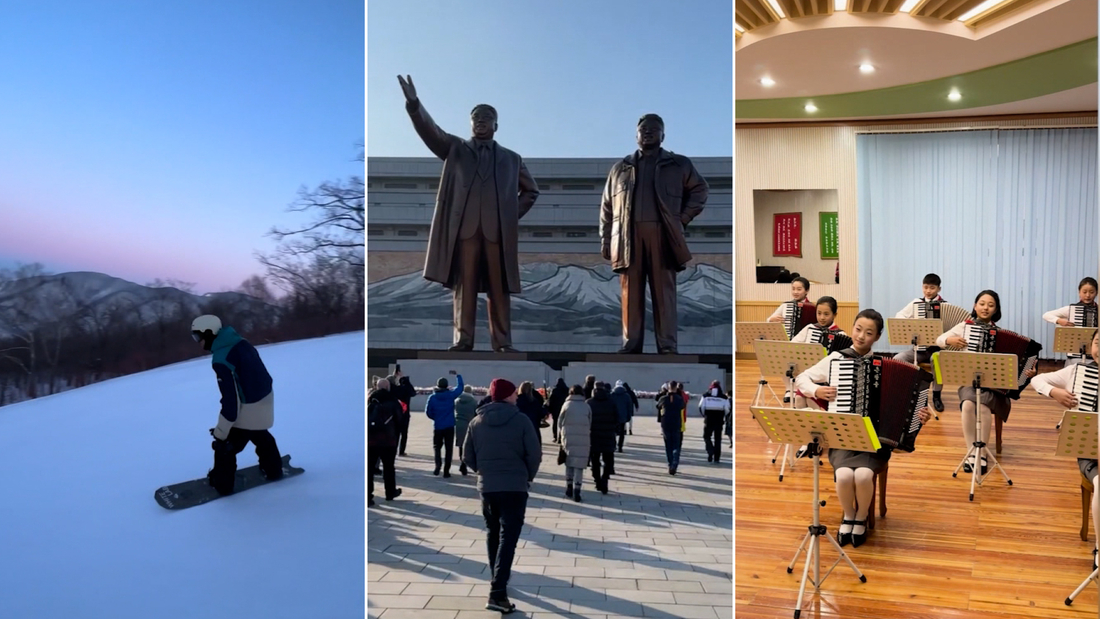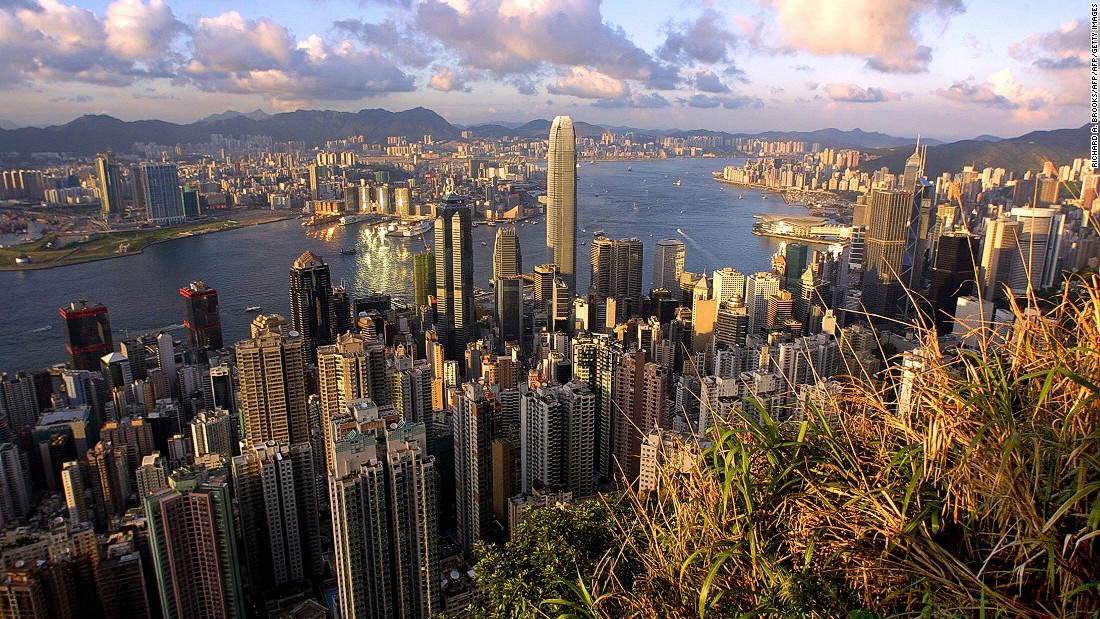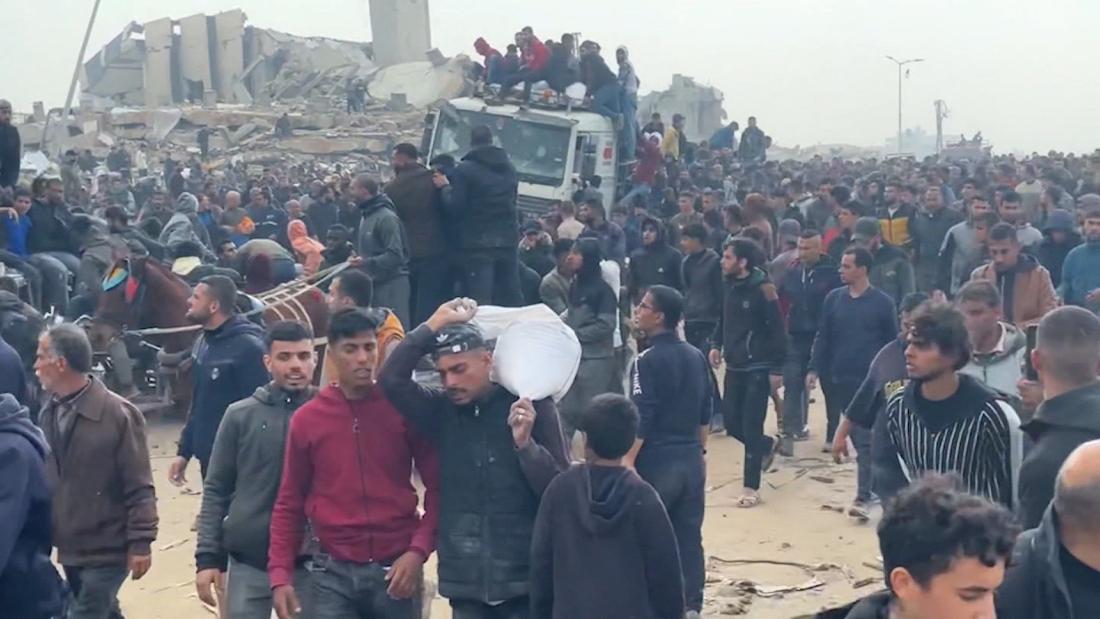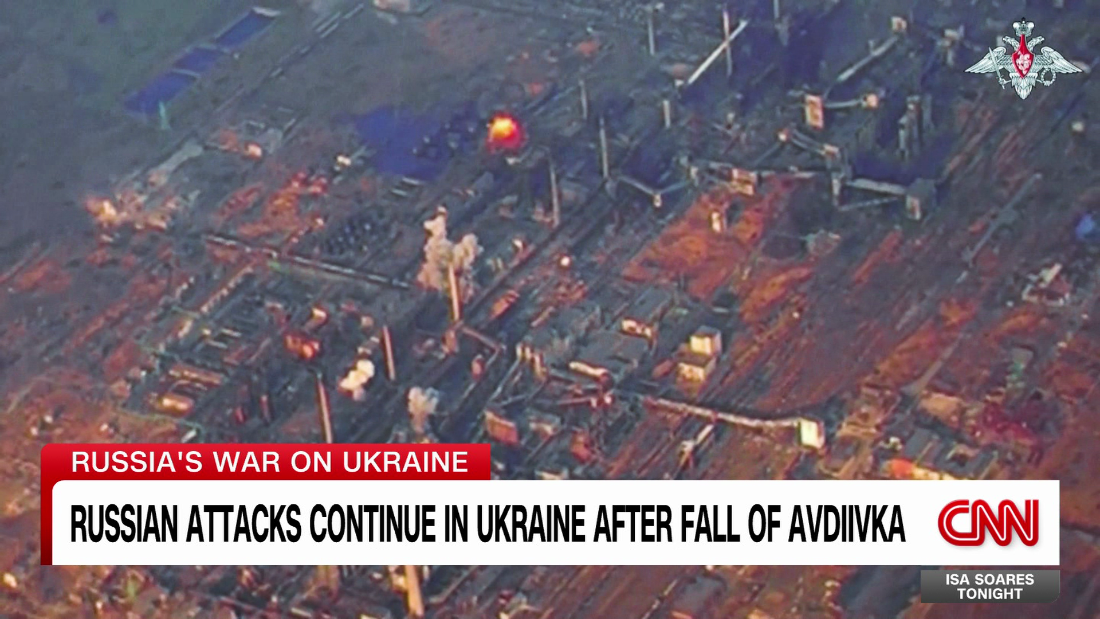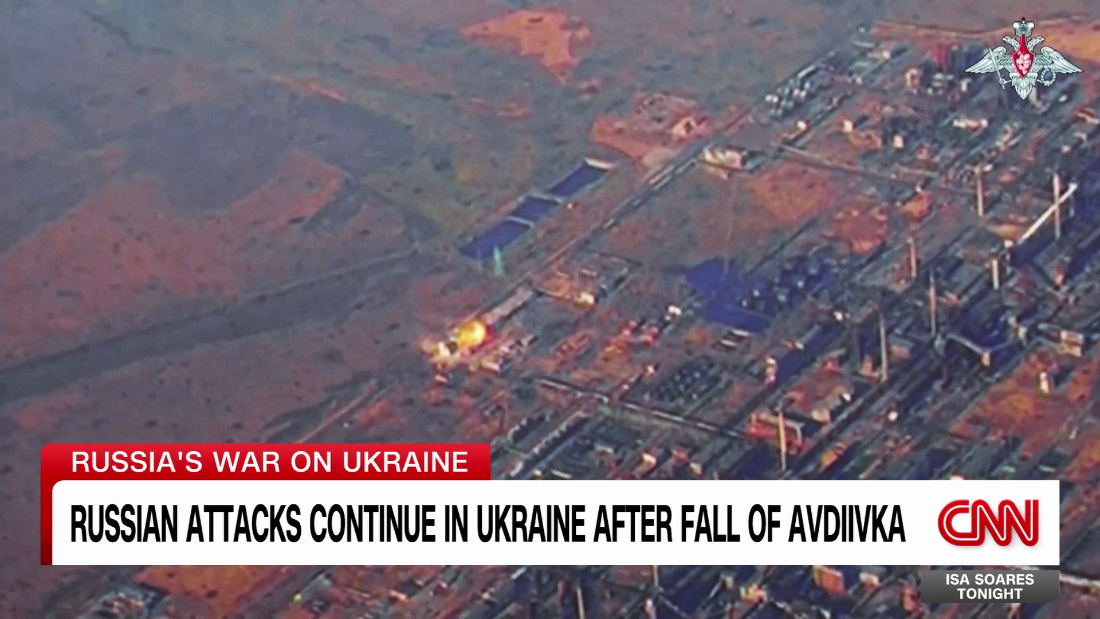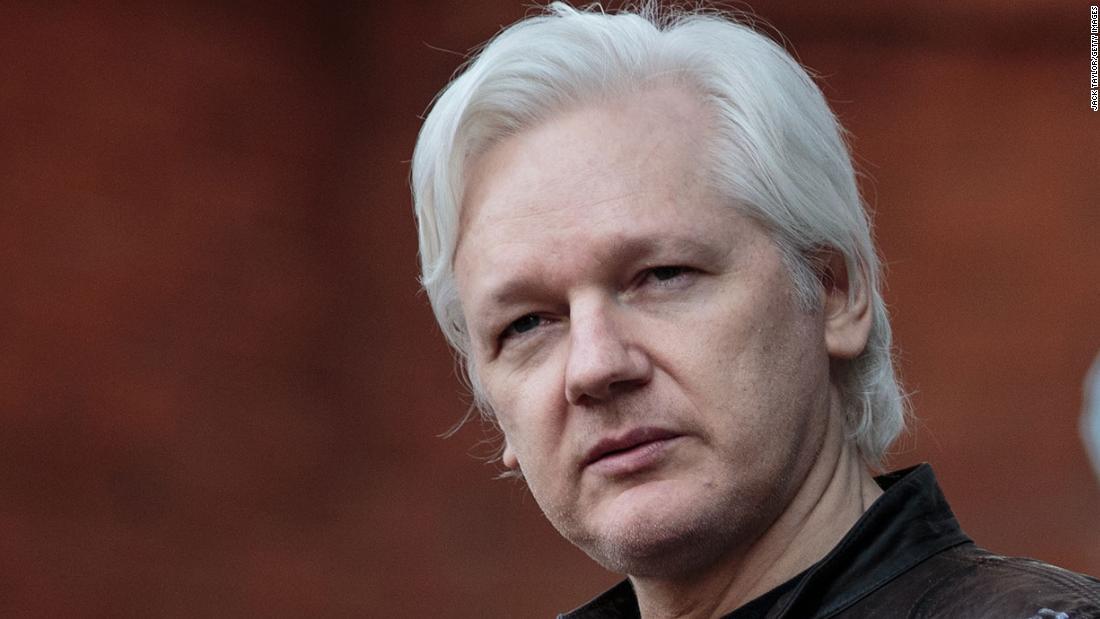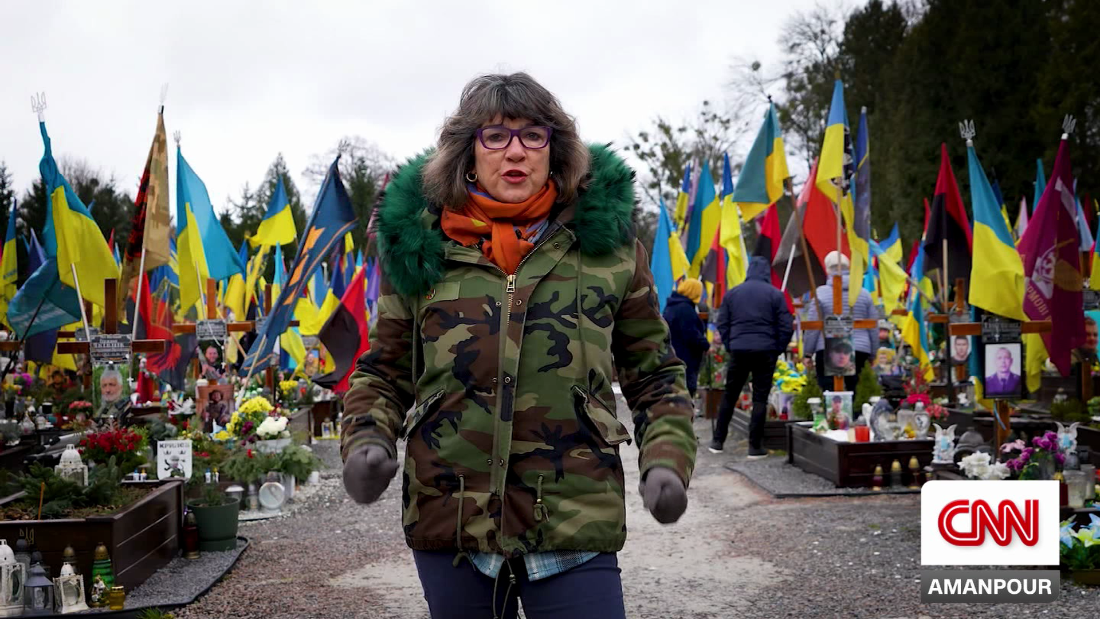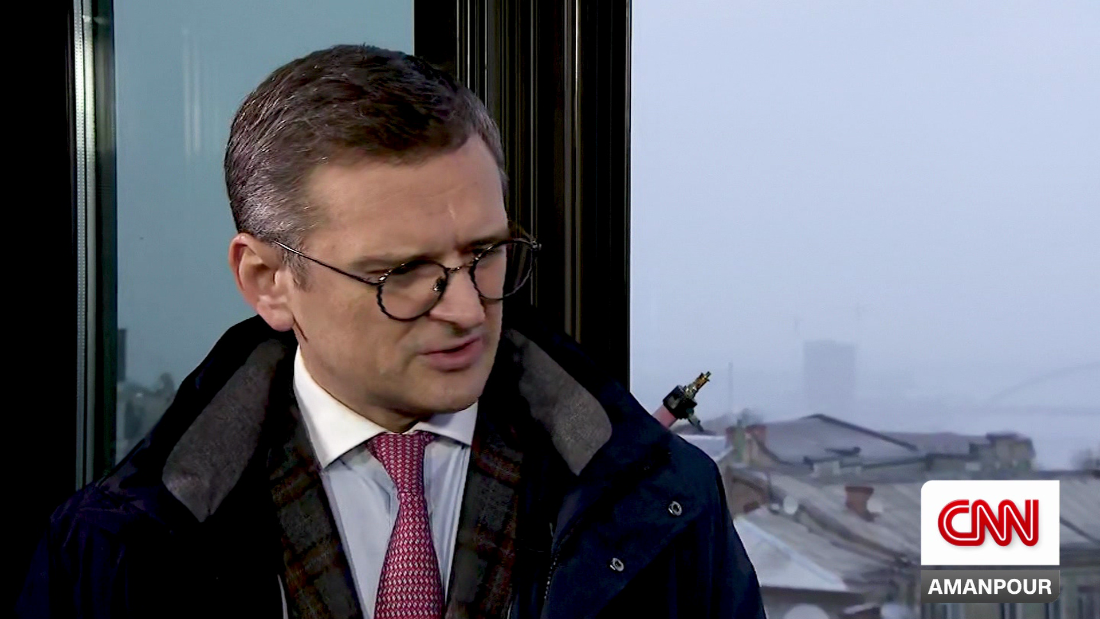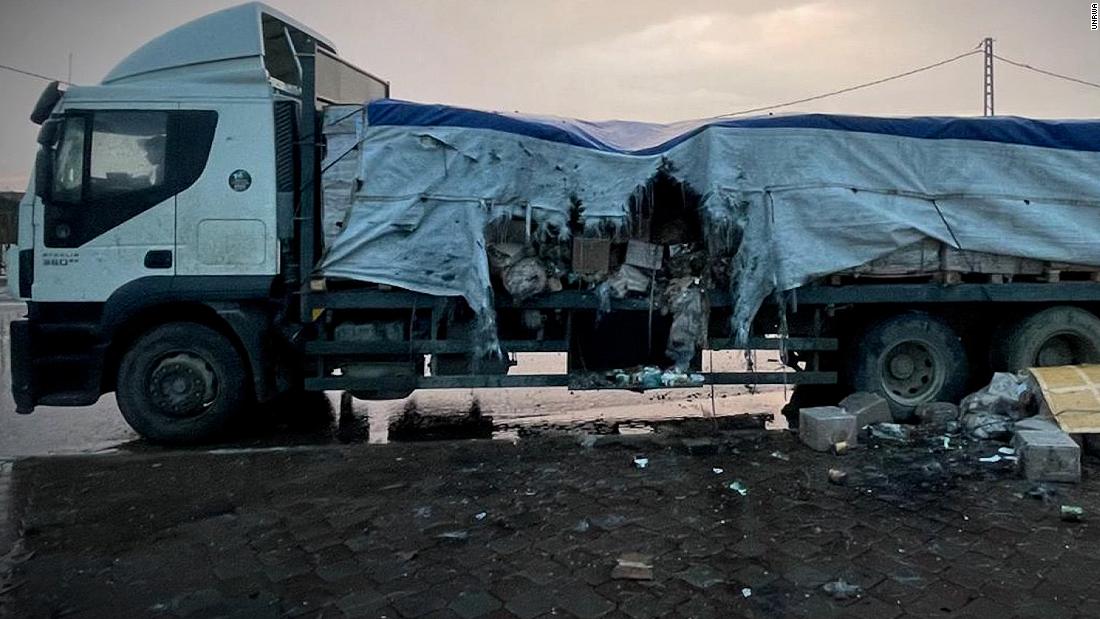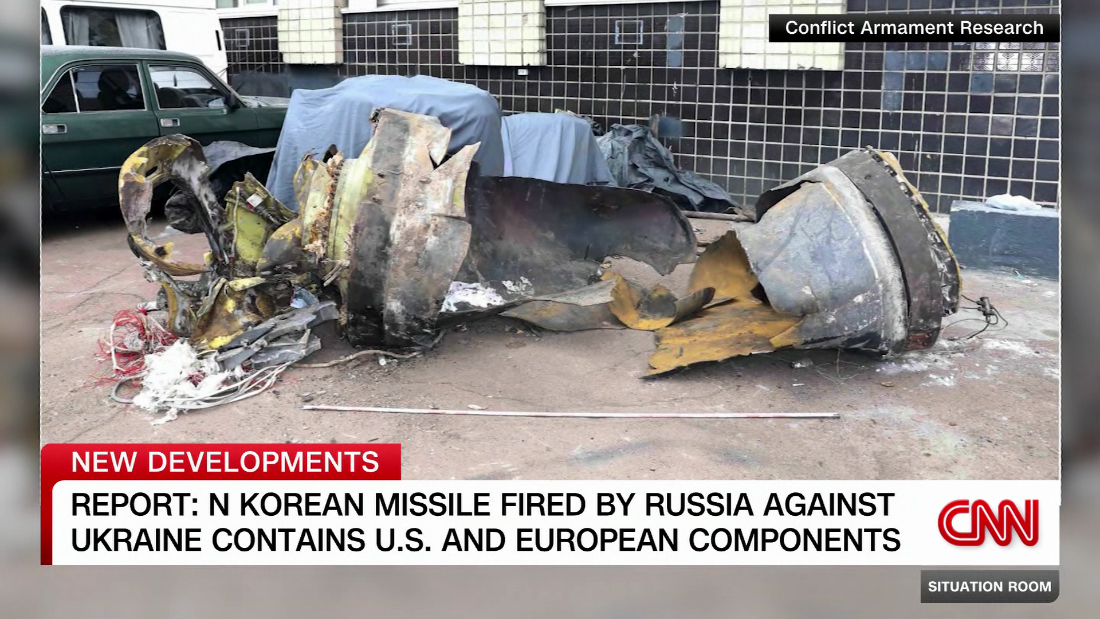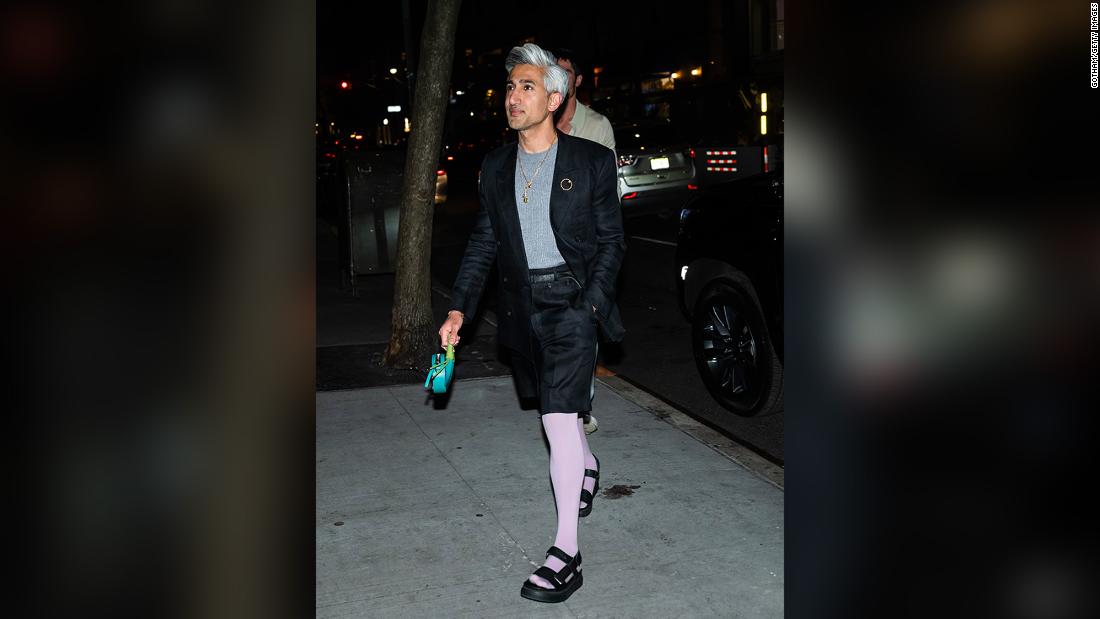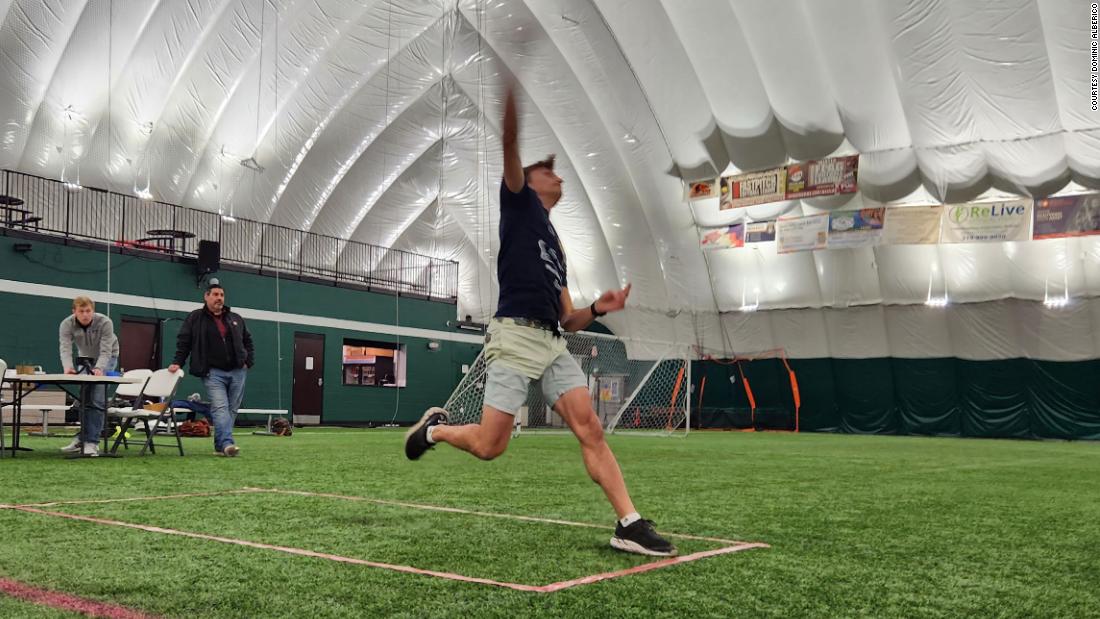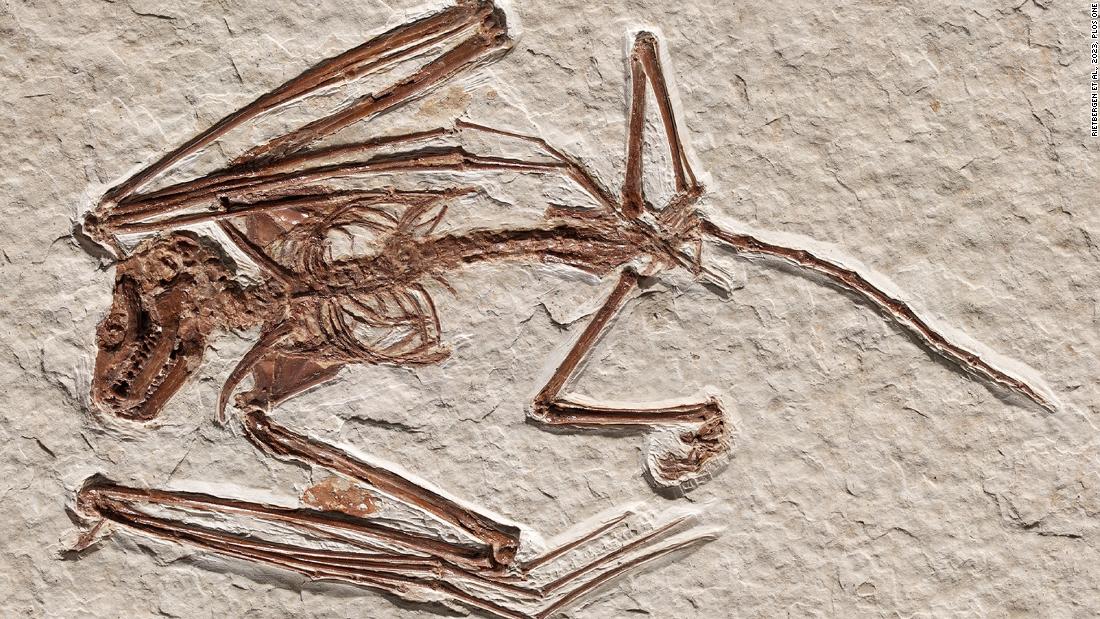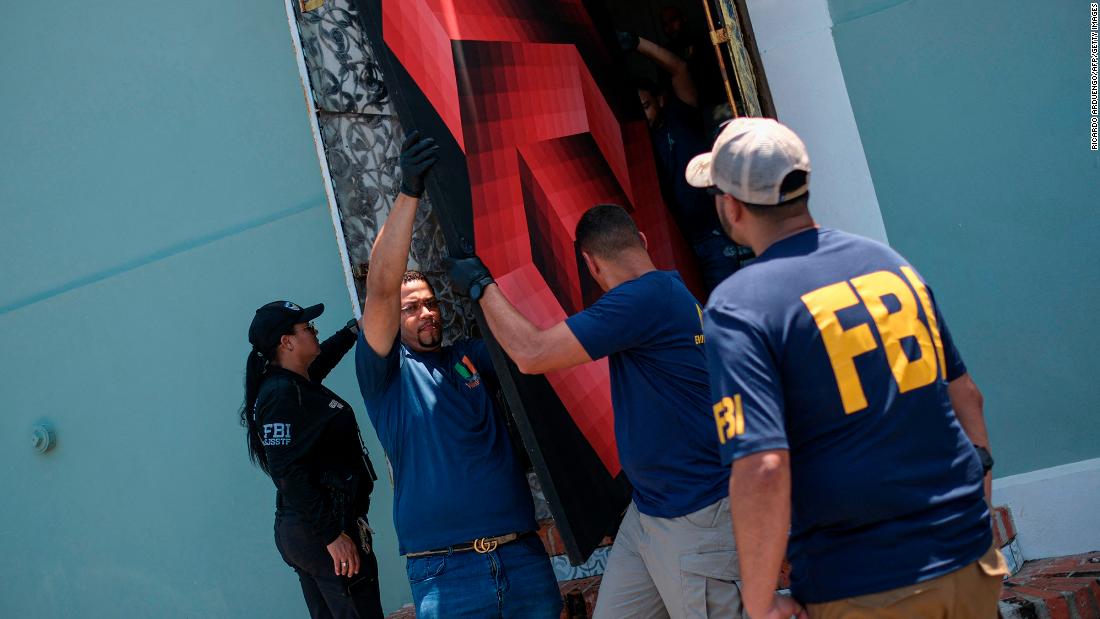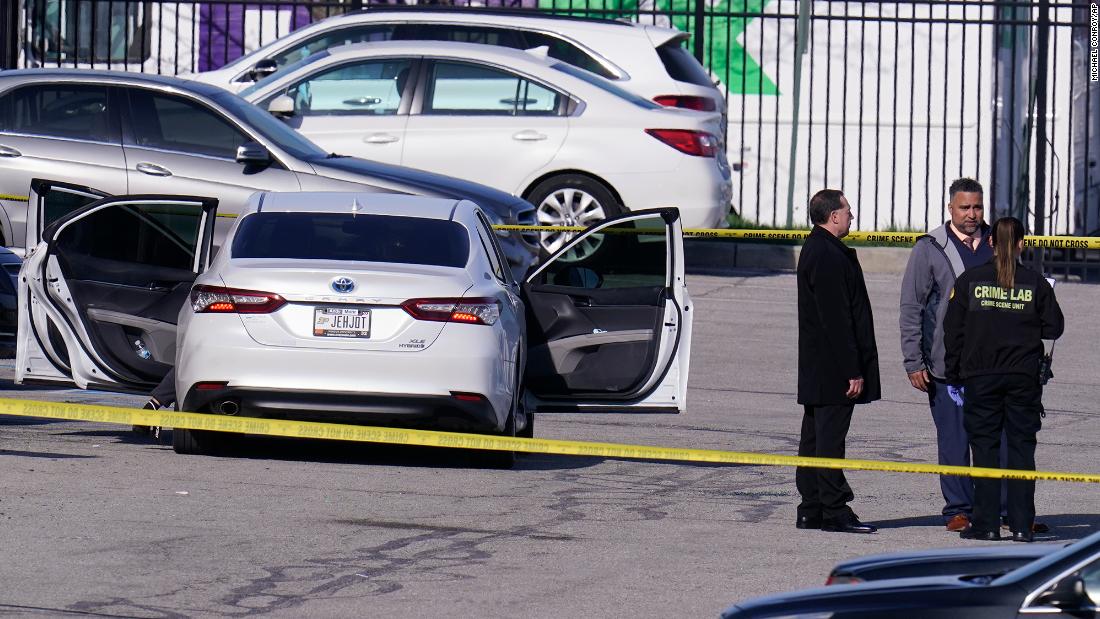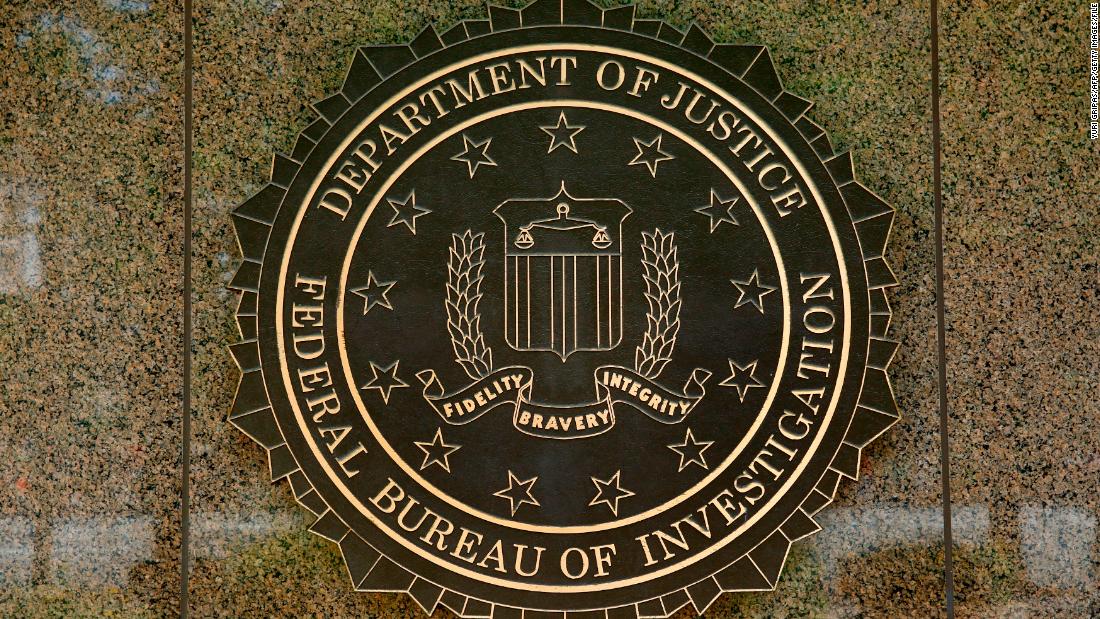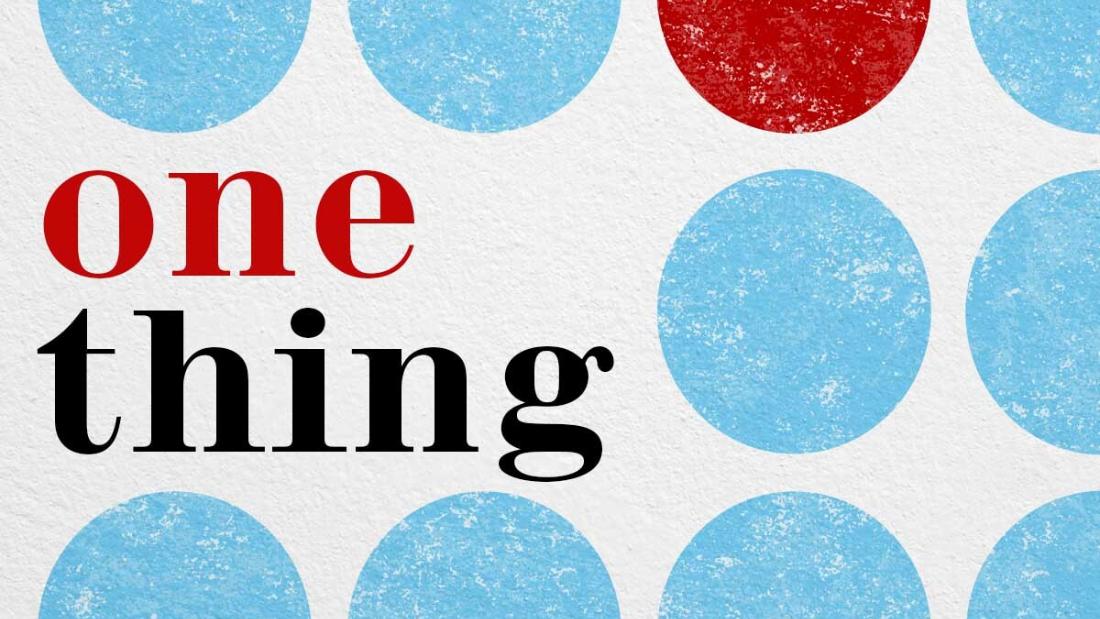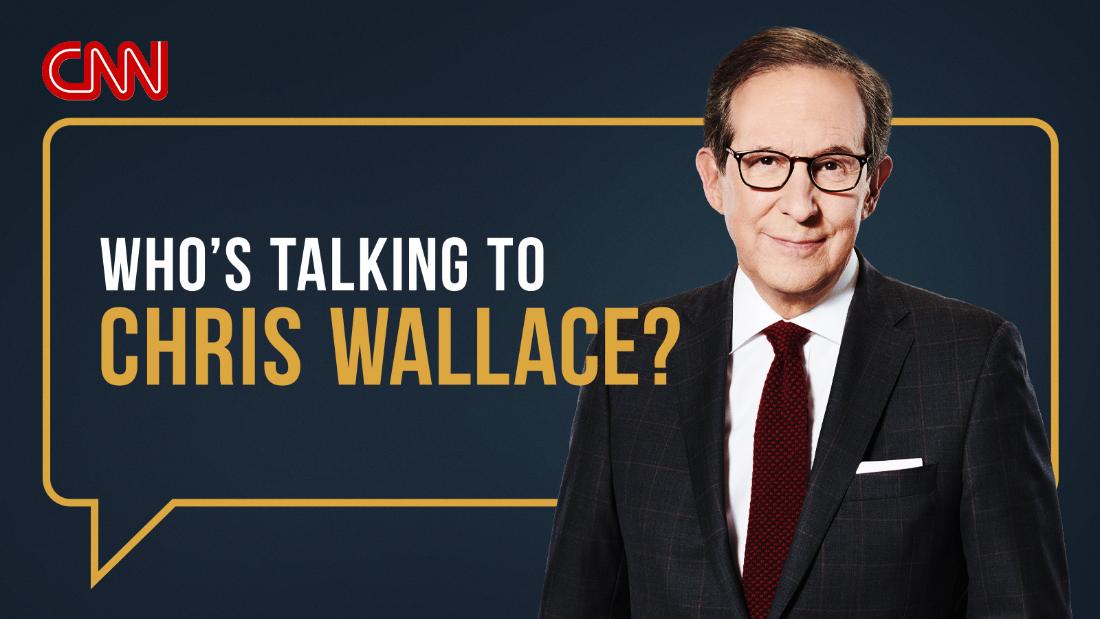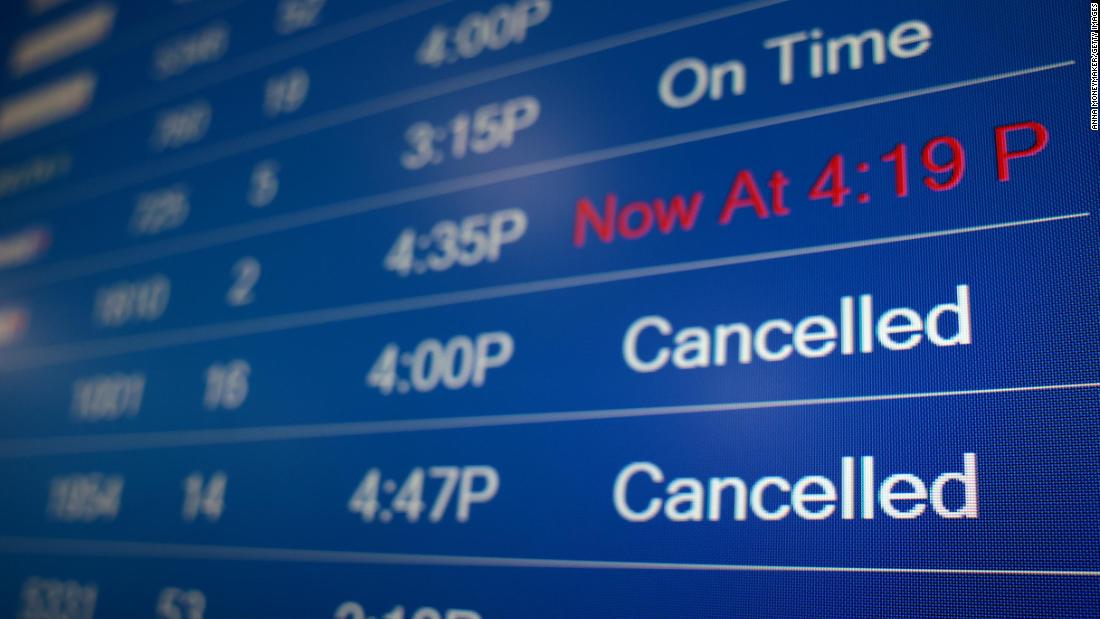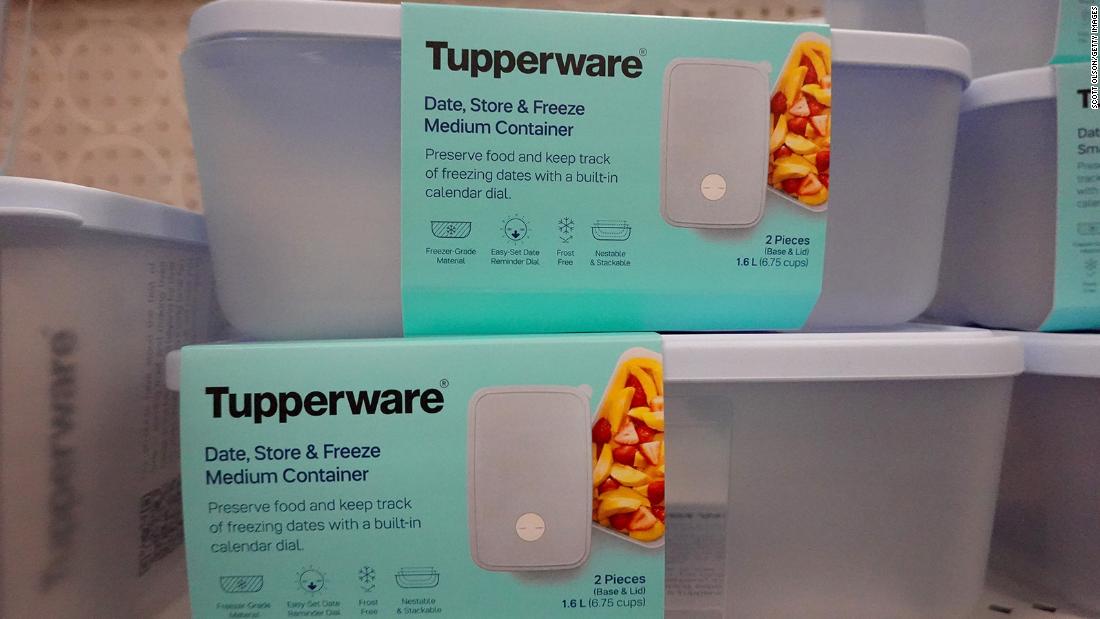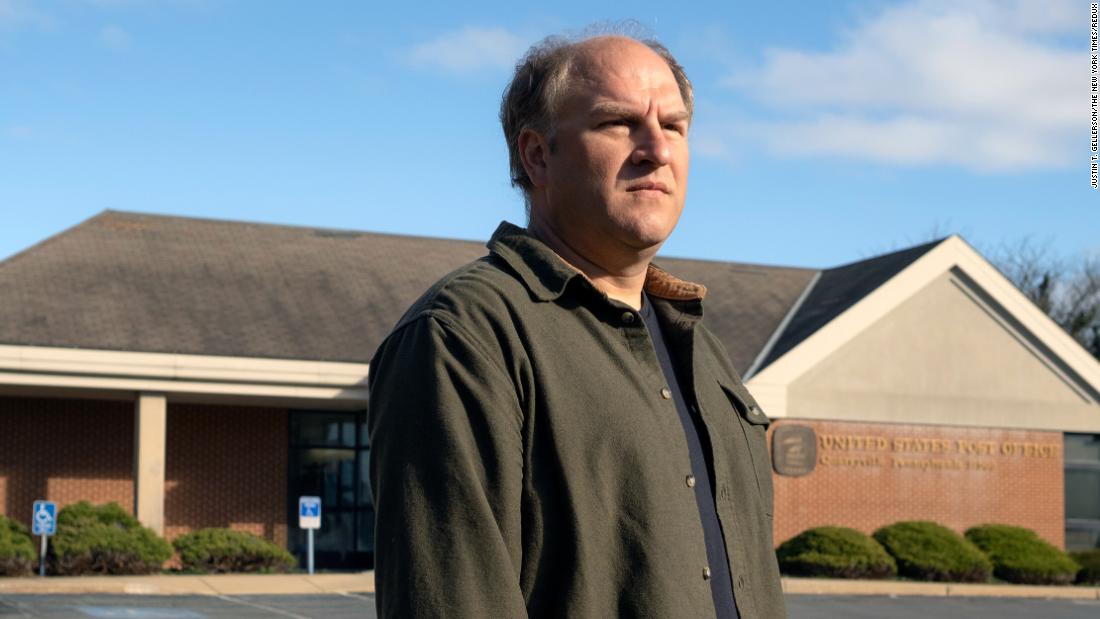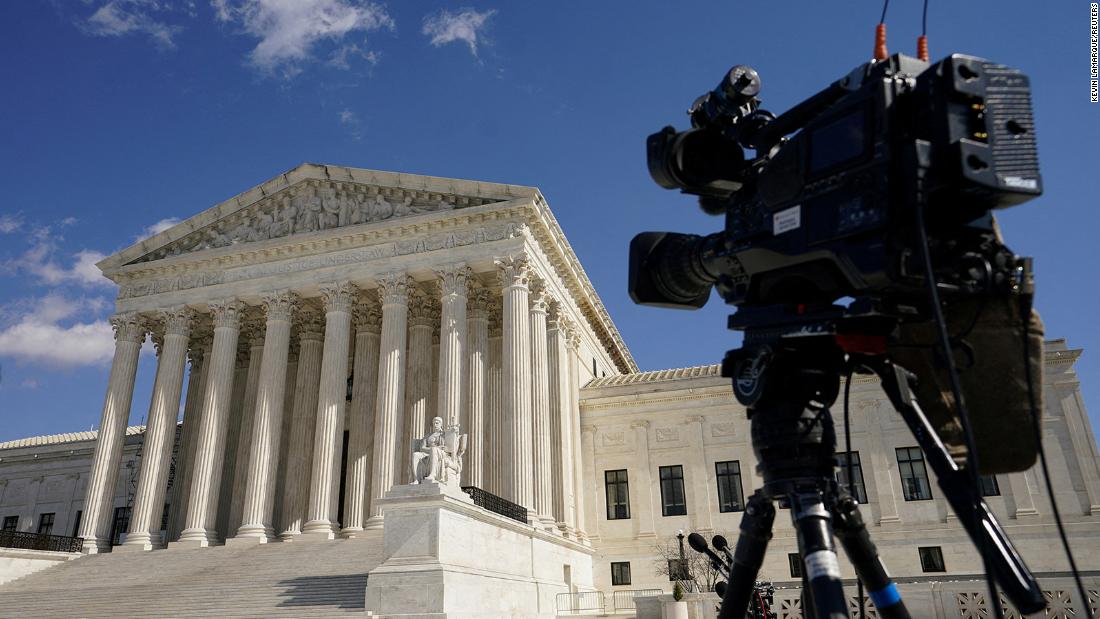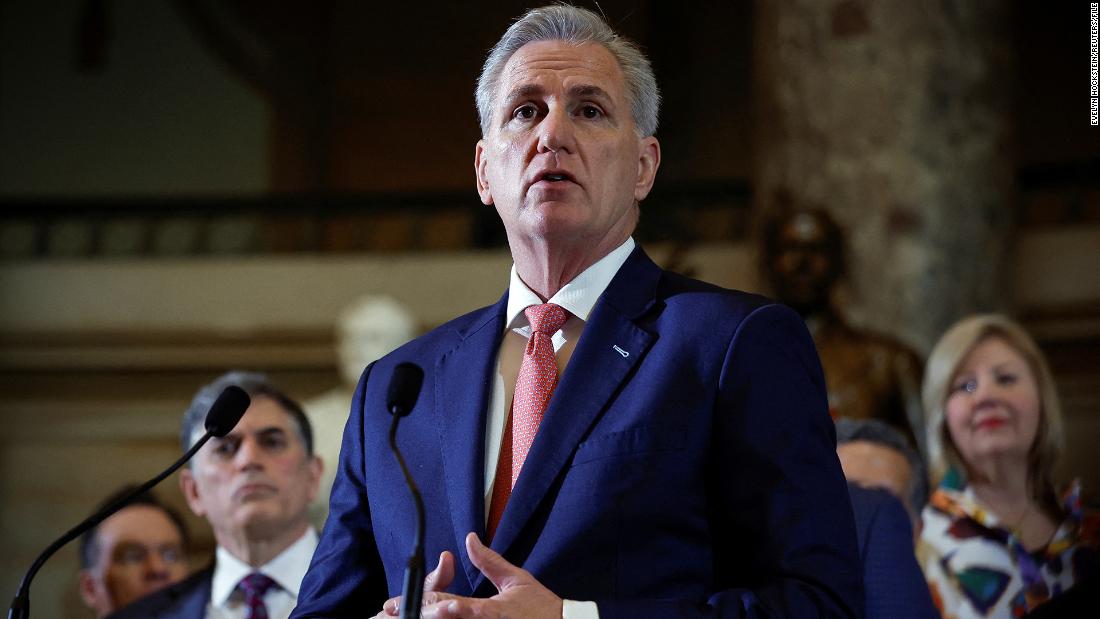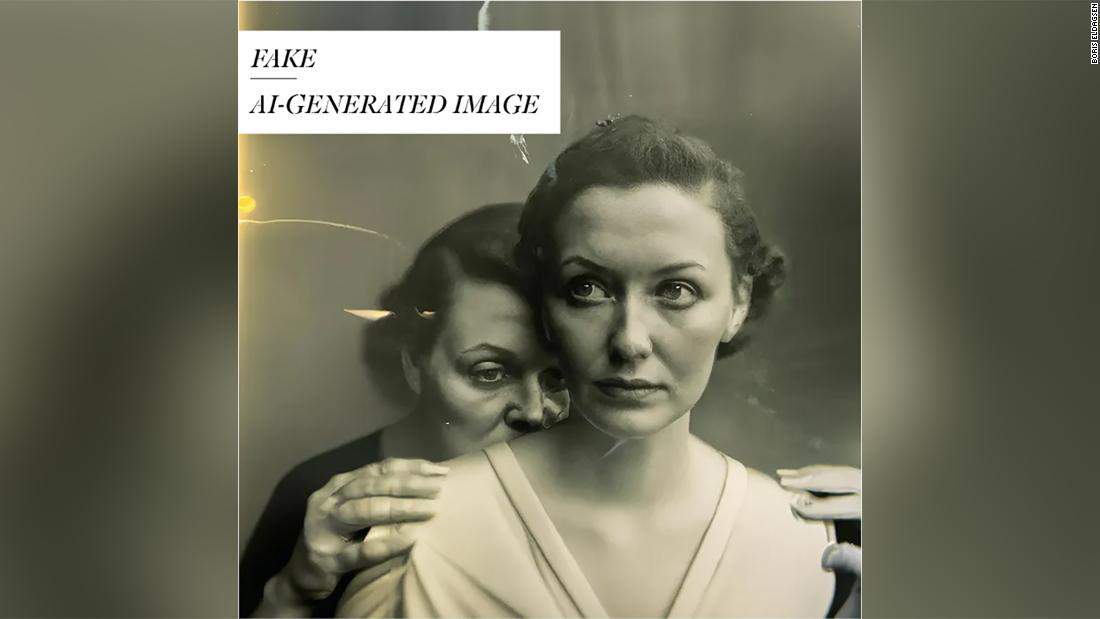THE terrifying history of the UK’s secret underground city with a 4m km long web of bomb proof tunnels has been revealed.
The network of secret passages date back to the industrial revolution and span millions of miles.
GettyDown Street had a short life as a working station from 1907 to 1932 but became critical to winning the Second World War when covertly transformed into the Railway Executive Committee’s bomb-proof headquarters[/caption]
AlamyWinston Churchill’s sleeping quarters in the underground bunker at Whitehall[/caption]
AlamyThe old Old War Office Building on Whitehall street[/caption]
Some of the tunnels date back to the Cold War era and were built to protect the government in the event of a nuclear strike on London.
The Kingsway Exchange Tunnels were built in London between 1940 and 1942, and used to protect Brits during World War II.
Found underground between Chancery Lane and High Holburn tube stations, the tunnels are more than 130ft below ground.
However, after the war they closed to the public and were converted into private use by the UK government for top secret branches.
James Bond writer Ian Fleming even worked there for a small period and was said to be the inspiration behind the James Bond Q operations.
One tunnel of this type was built in the heart of government at 57 Whitehall, which was excavated to protect machinery and communications during the Cold War.
New plans have revealed a £220million attraction which would reopen it to the public with heritage trails, featuring integrative structures and immersive experiences along the way.
The Postmaster General’s secret tunnel network stretches from central London into the heart of the old East End.
Many pedestrians will be unaware that an A-bomb proof telephone exchange lies underneath High Holborn Street.
The top secret facility featured the first transatlantic telephone cable, a staff restaurant, tea bar, games room and licensed bar. The bar, 60m underground, is said to the deepest in the UK.
Unsurprisingly there is no public access to the underground bar beneath Chancery Lane, or to any other of the tunnels and bunkers.
However the public can visit the Cabinet War Rooms, where there is access to an underground bunker.
Expert Guy Shrubsole, who has a blog dedicated to England’s secret tunnels, said: “It is an astonishing time capsule down there, probably the ‘70s in terms of decor.
“It feels like an underground space station, almost, of these winding tunnels that go on and on forever but are filled with dusty equipment from when it was used for Cold War communications.”
Mark Ovenden, author of Underground Cities: Mapping the tunnels, transits and networks underneath our feet, is also an expert on the subject.
In his book he writes that London “possesses one of the world’s most diverse varieties of intricate, hidden and well-used passages, ducts and tubes beneath its streets.”
Mark explained that London’s underground network owes much to the industrial revolution.
He added: “The city was so huge that they couldn’t smash down the centre of the already built-up area, so they had to build under it
“It just had that incredible number of people living there for such a long time during a period when technology was enabling more tunnelling to happen.”
The London TunnelsA new £220million tourist attraction is set to open underneath the city in London[/caption]
The London TunnelsIt also hopes to have the UK’s deepest bars[/caption]
Published: [#item_custom_pubDate]












